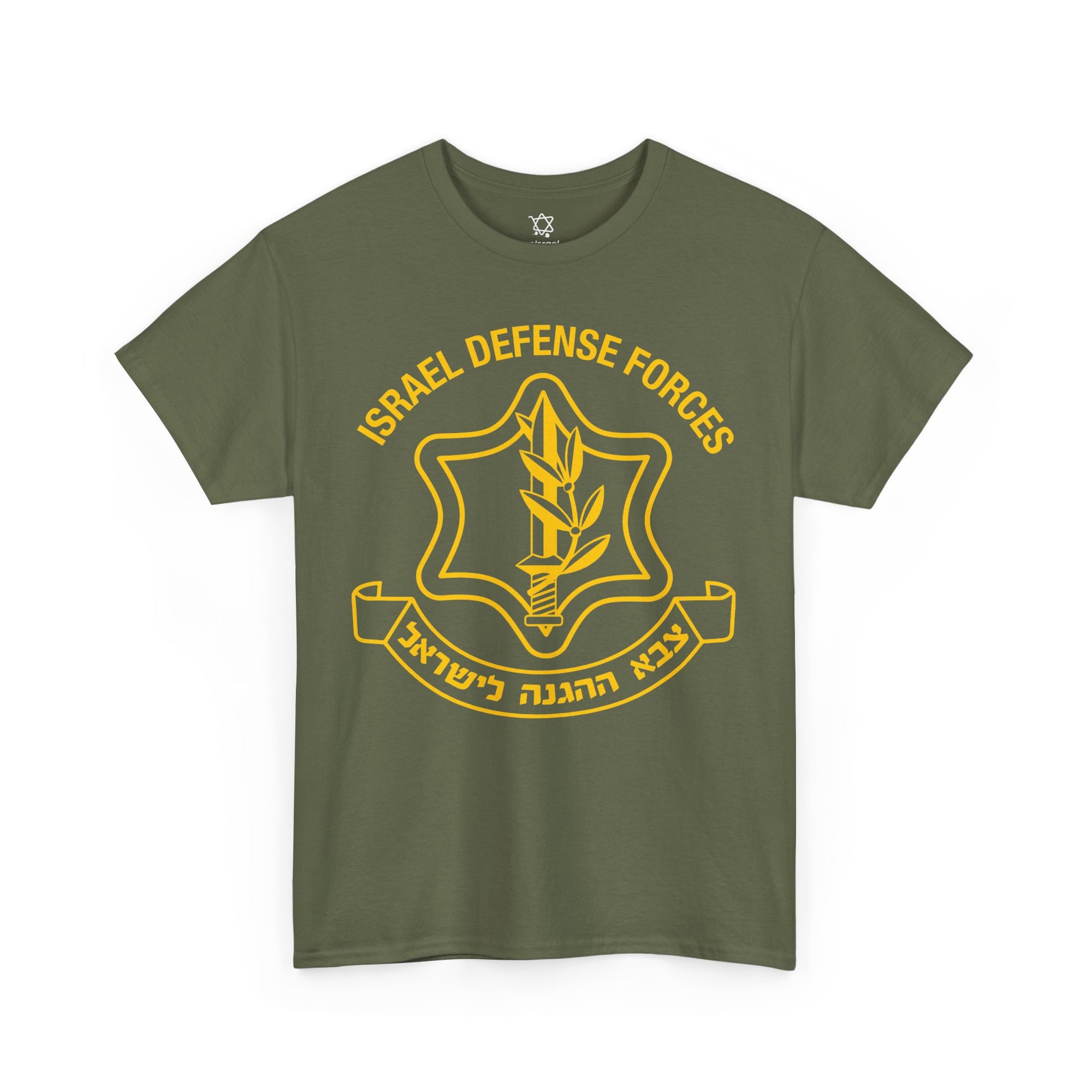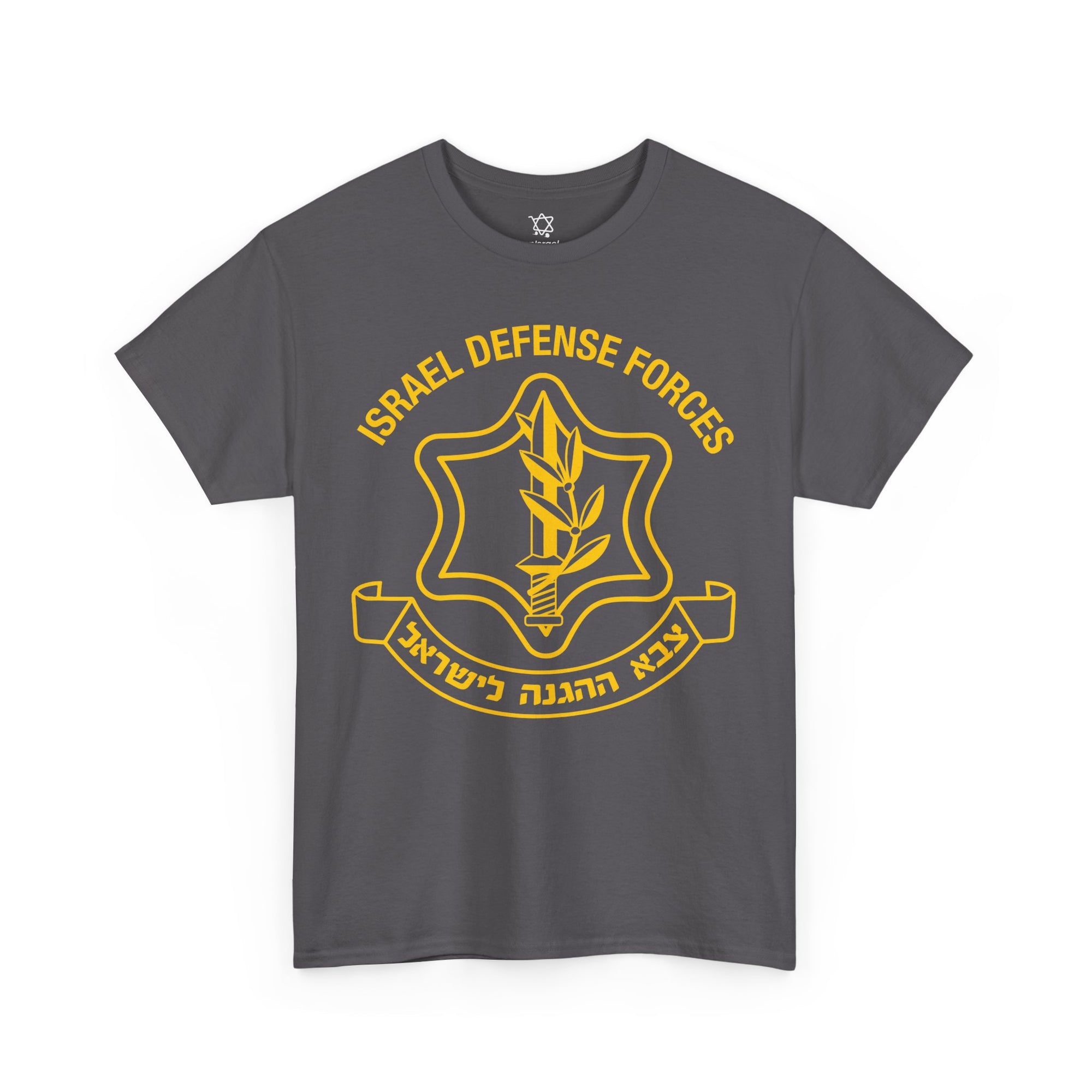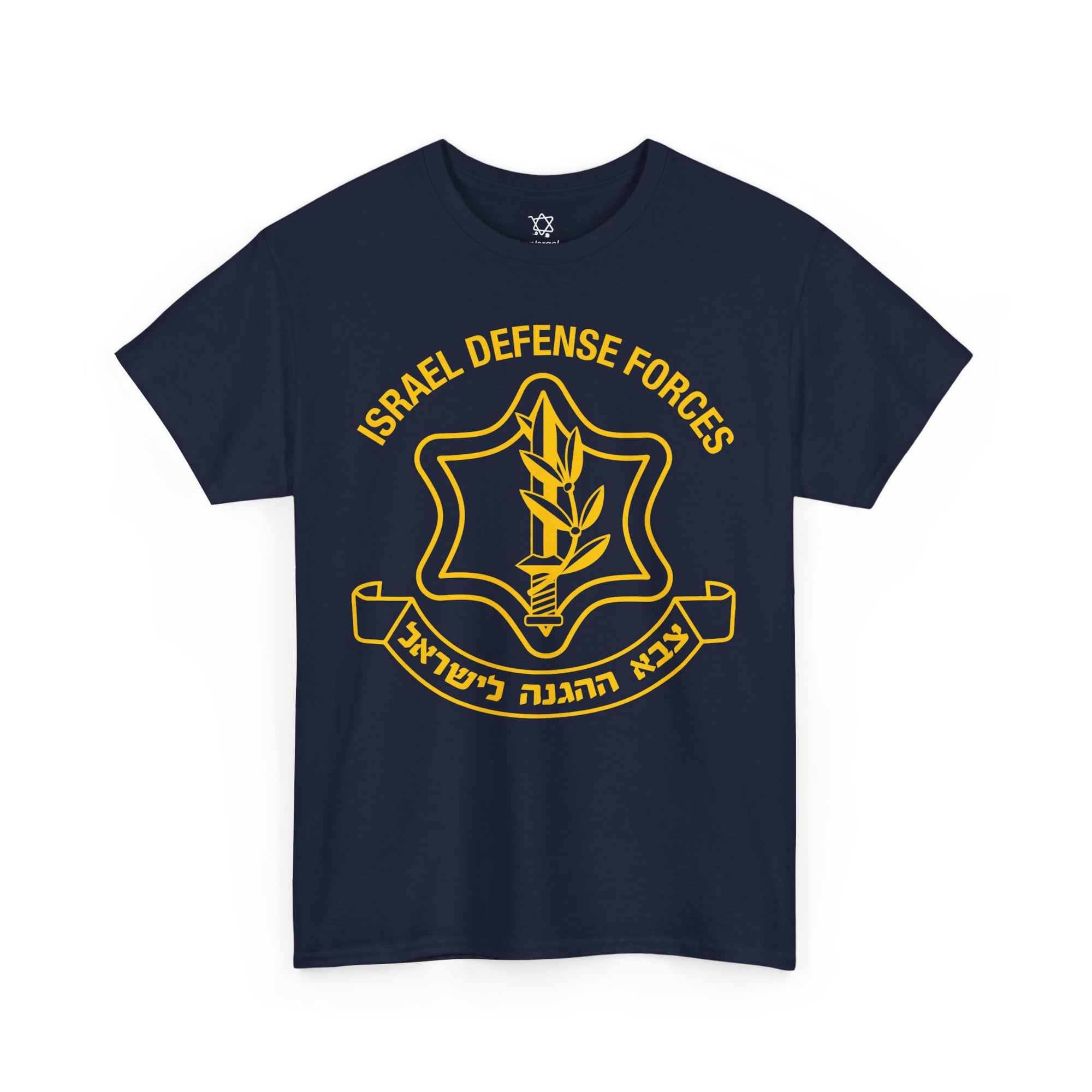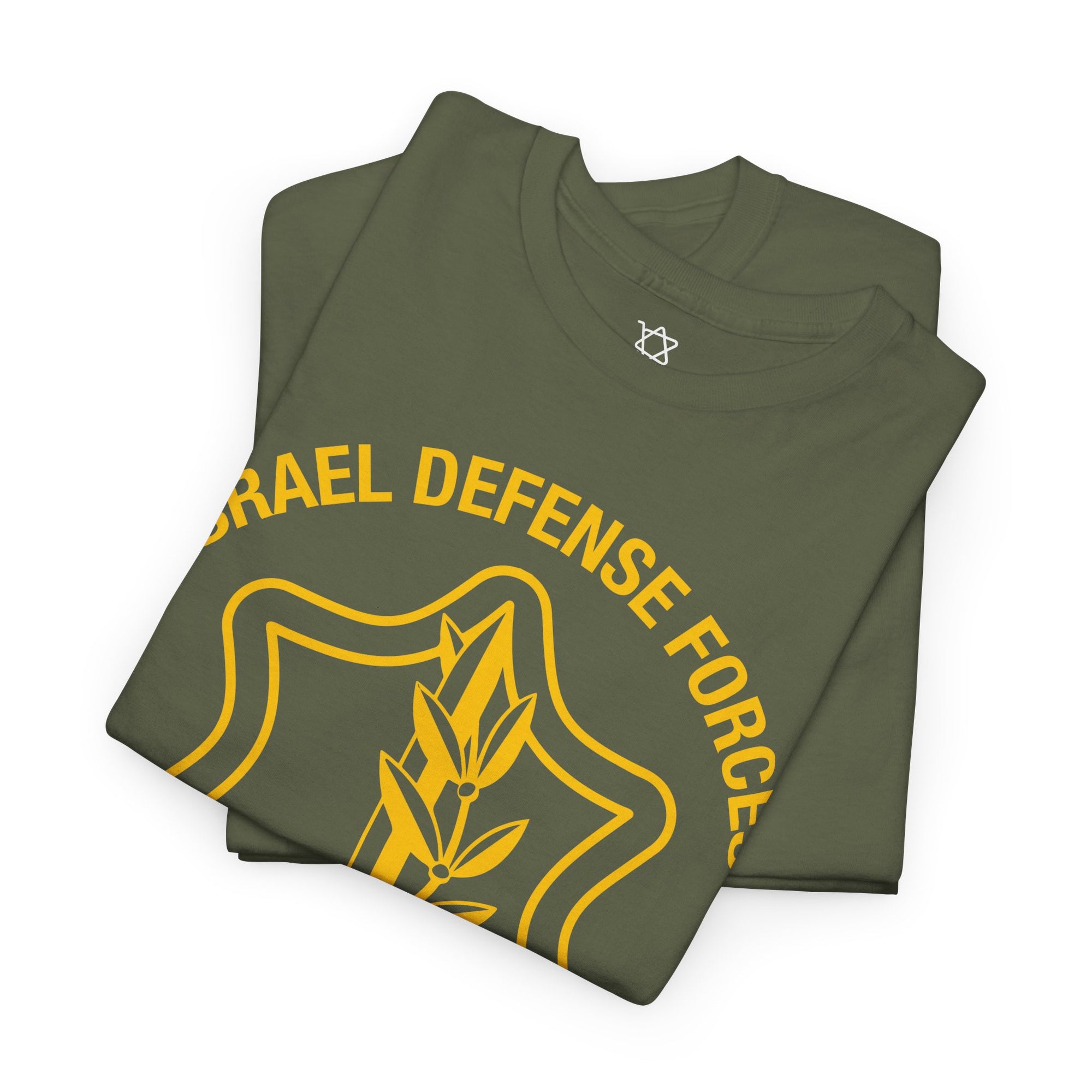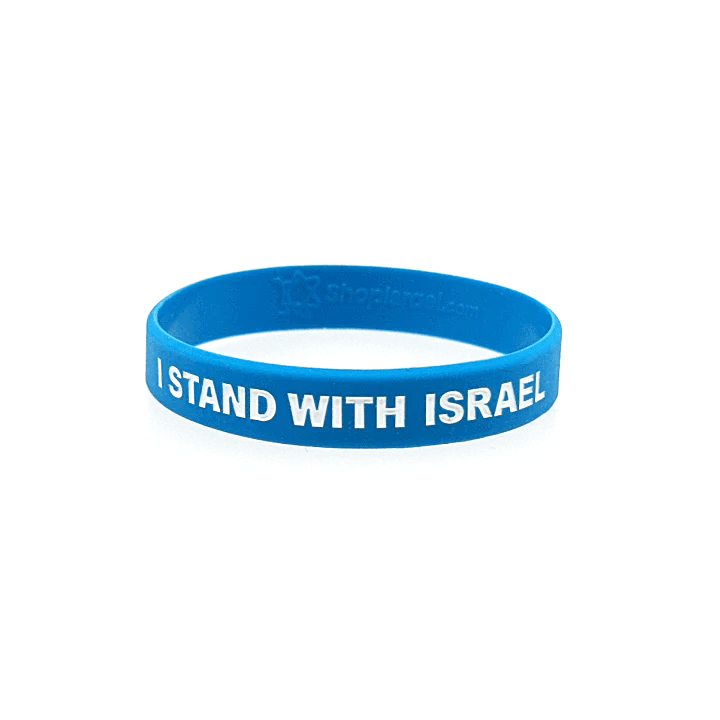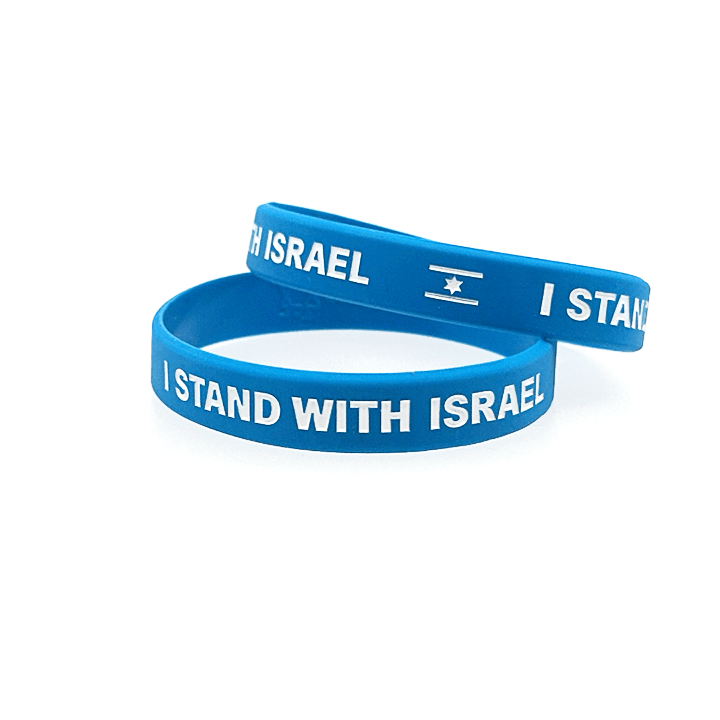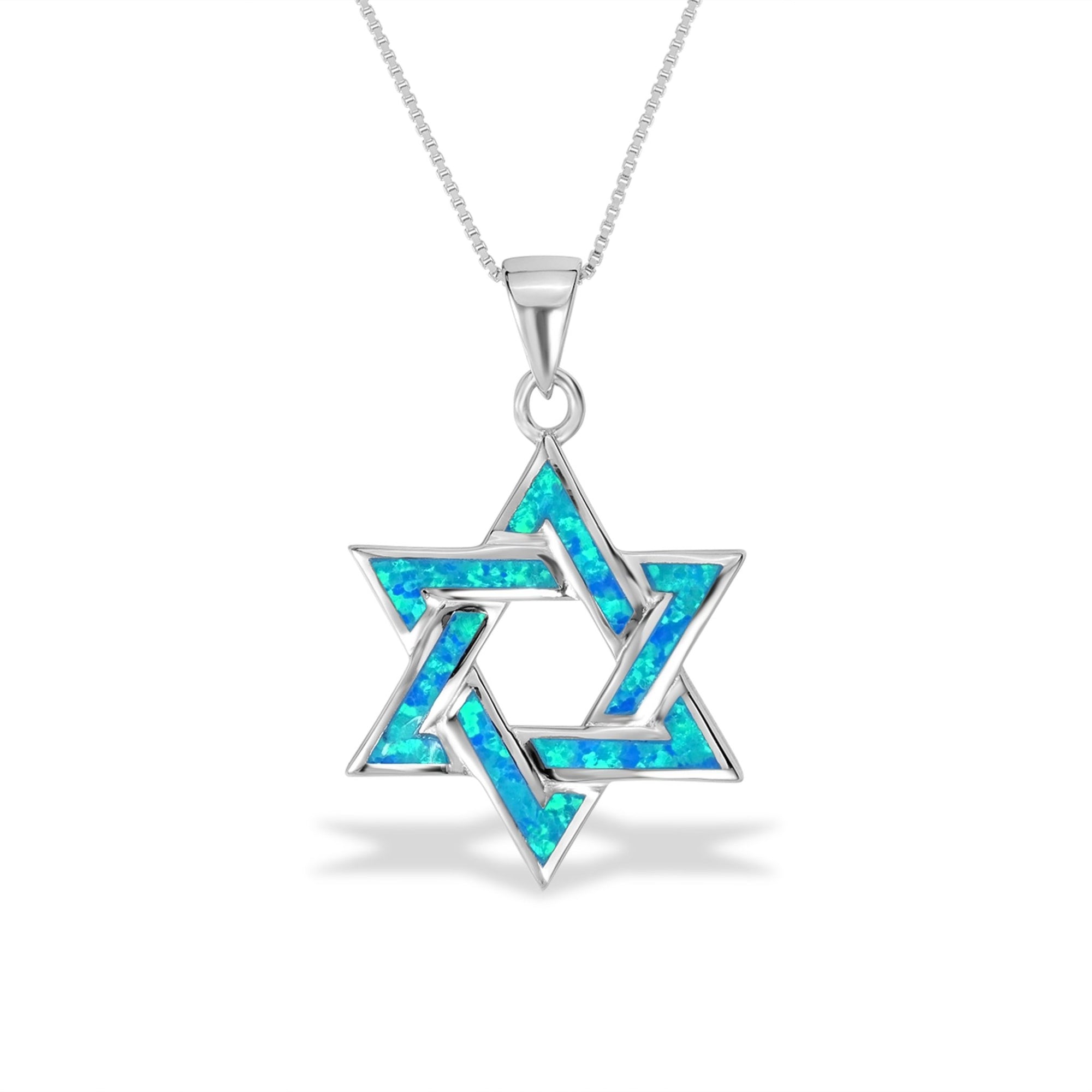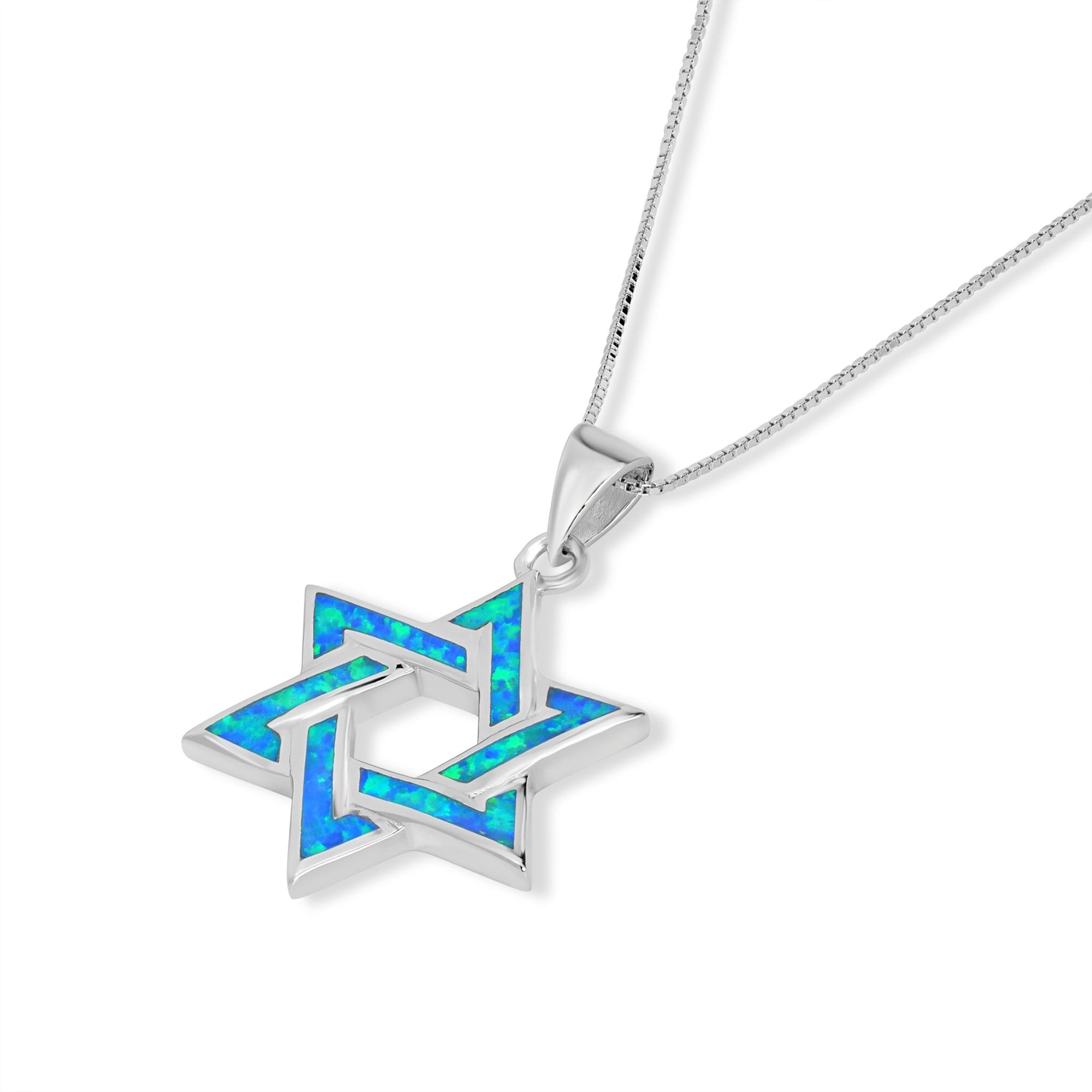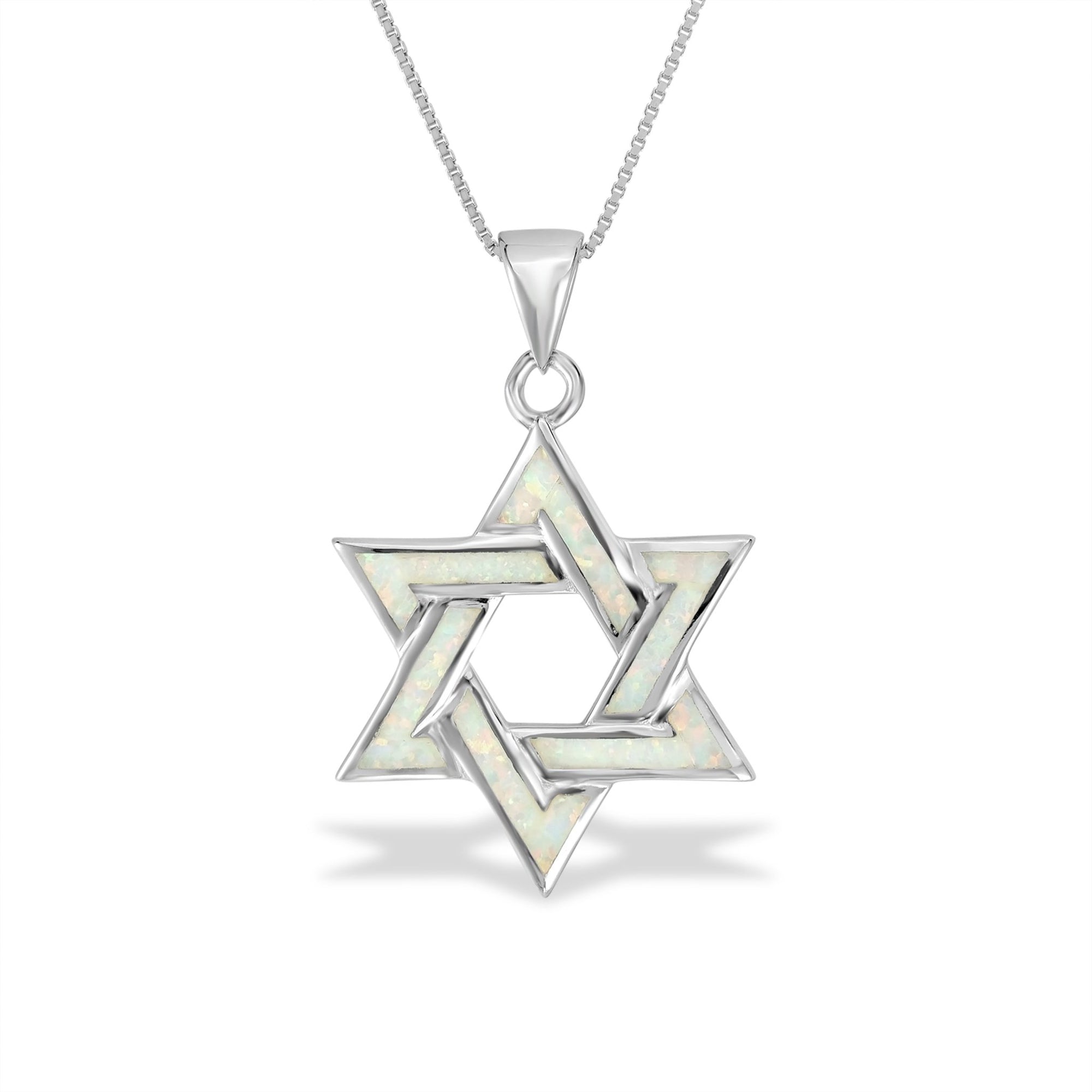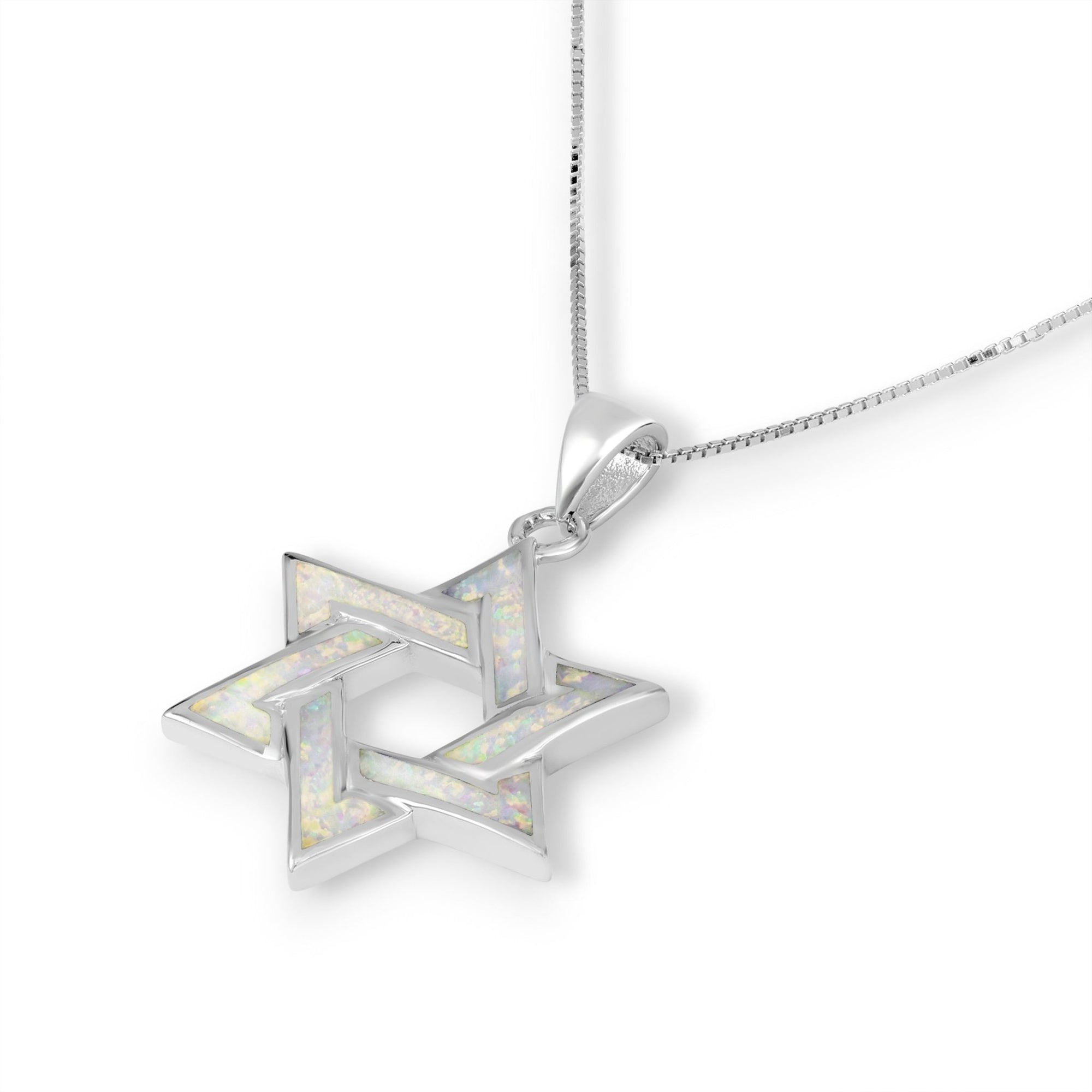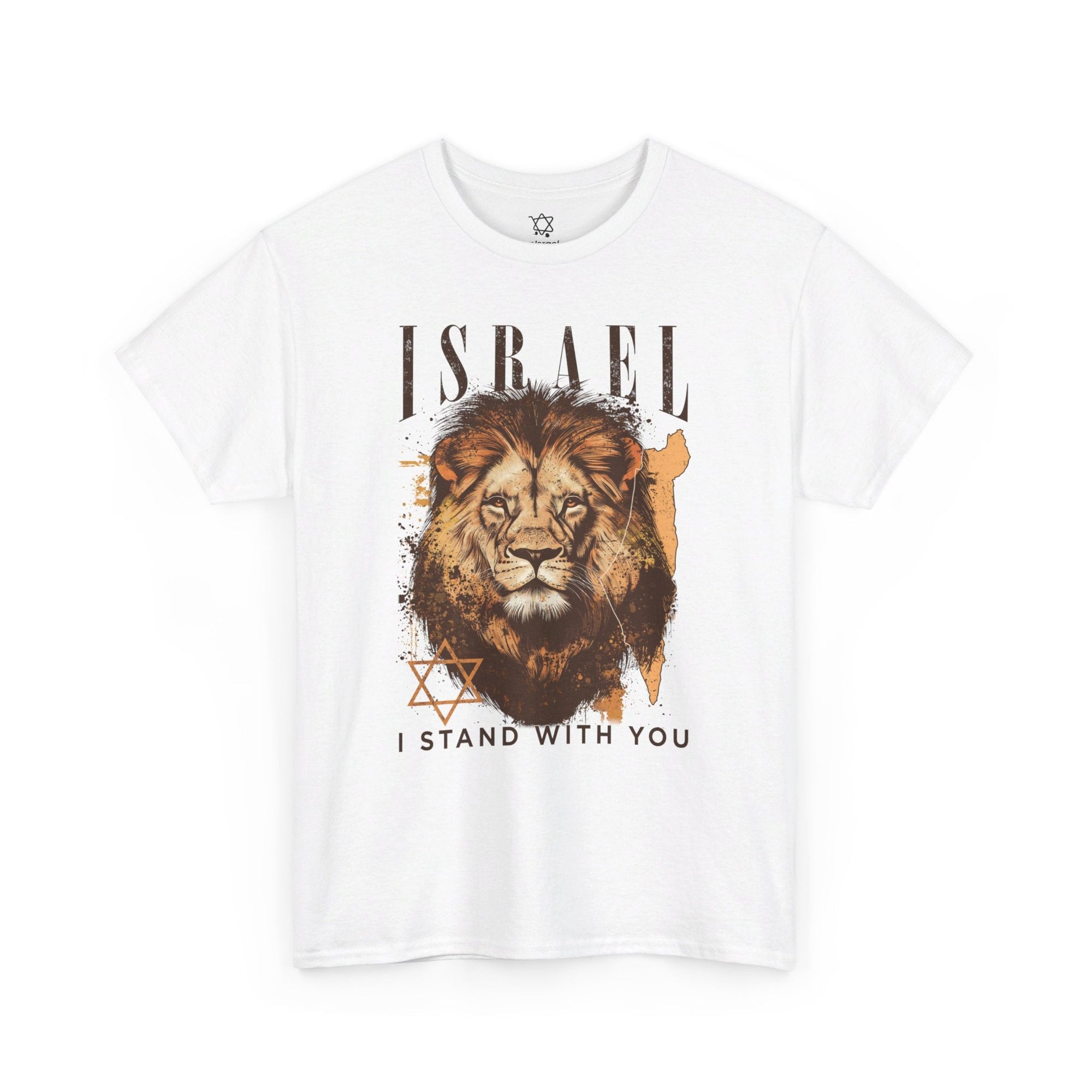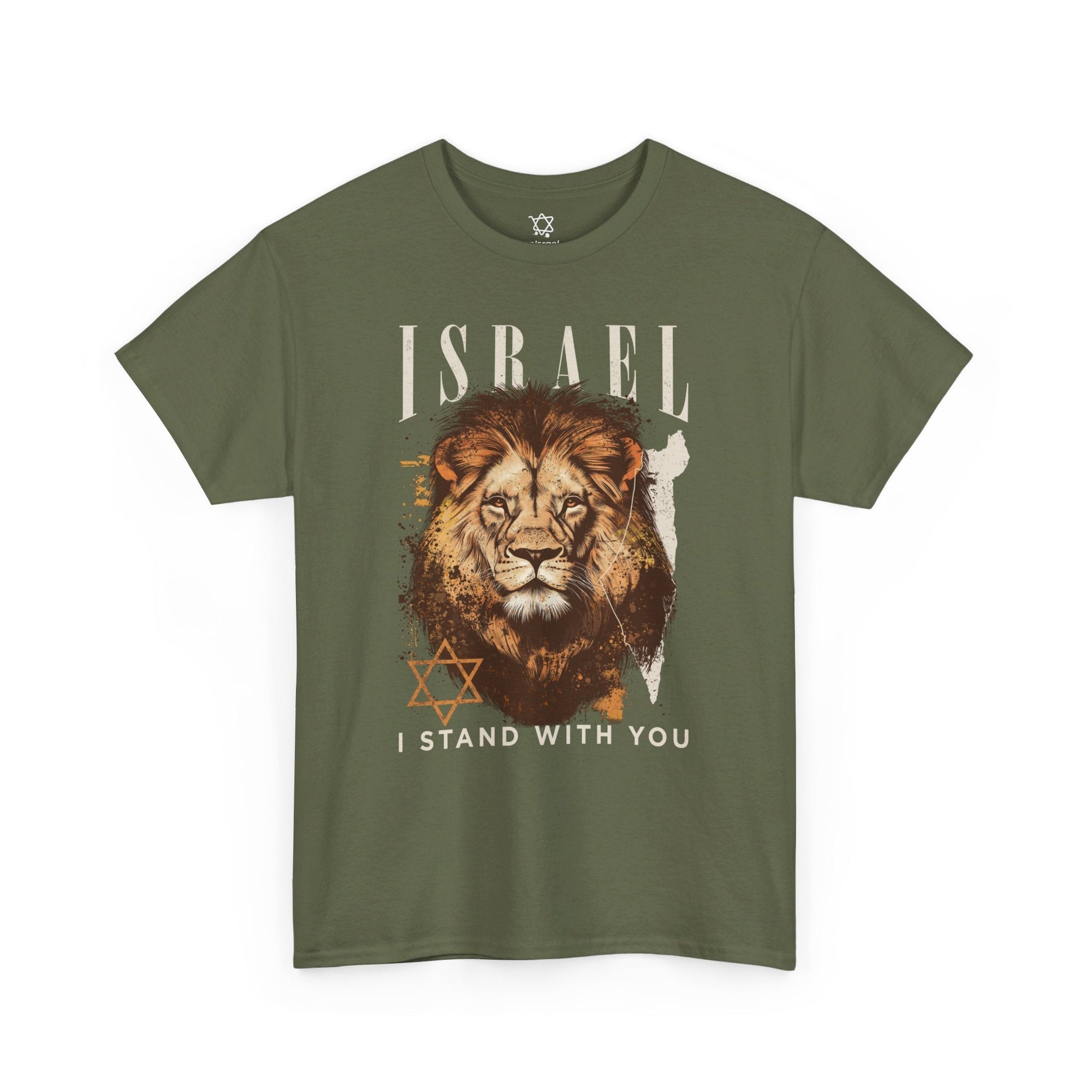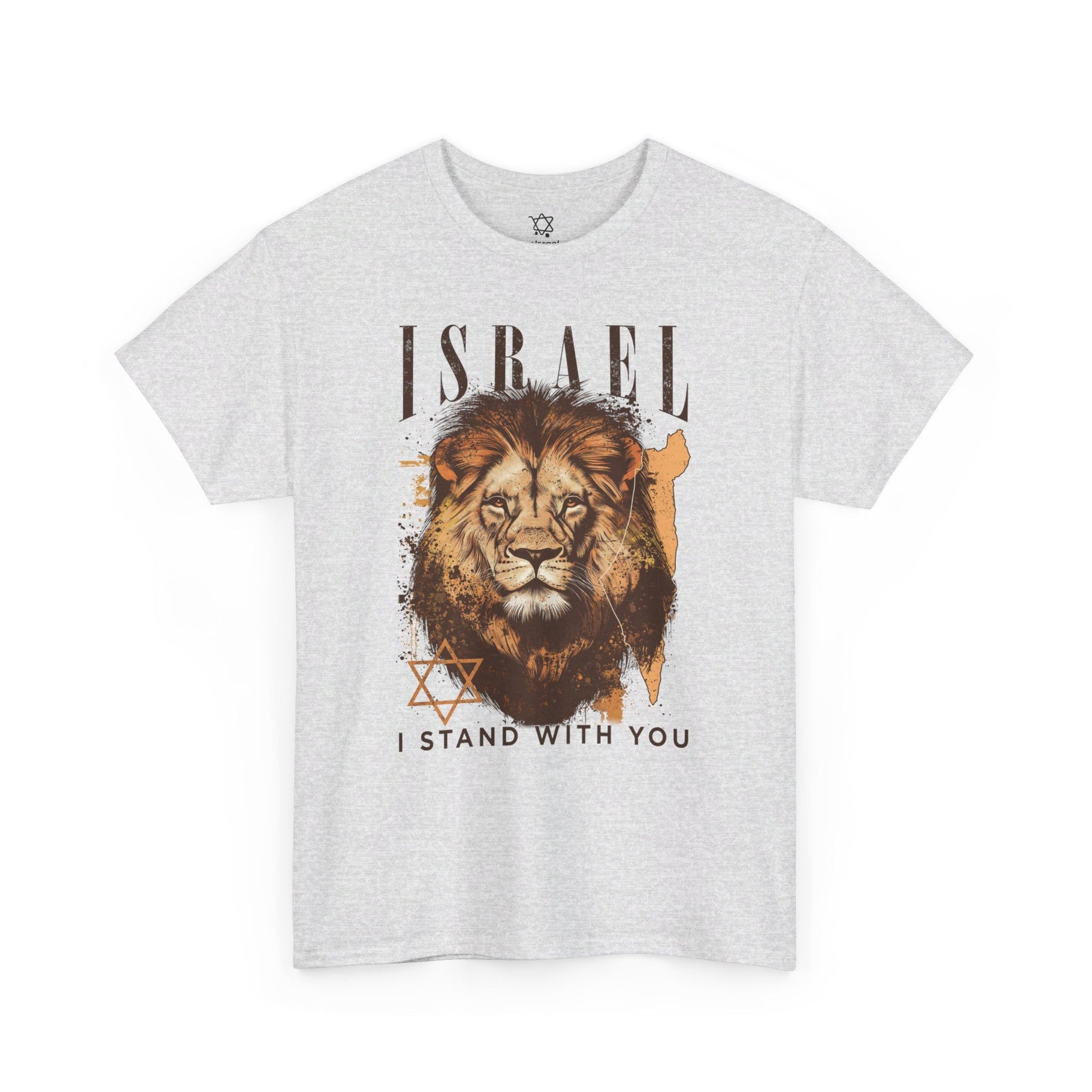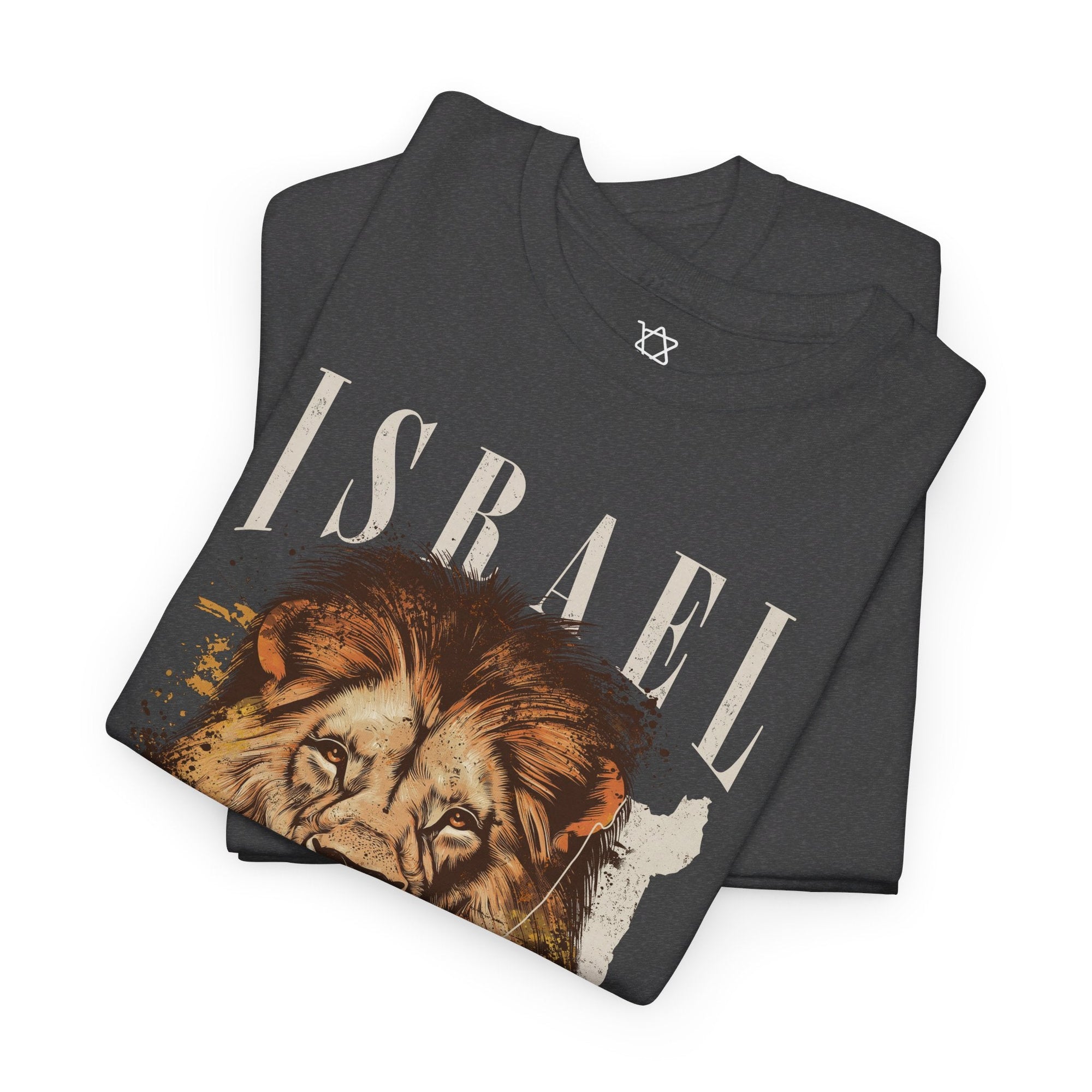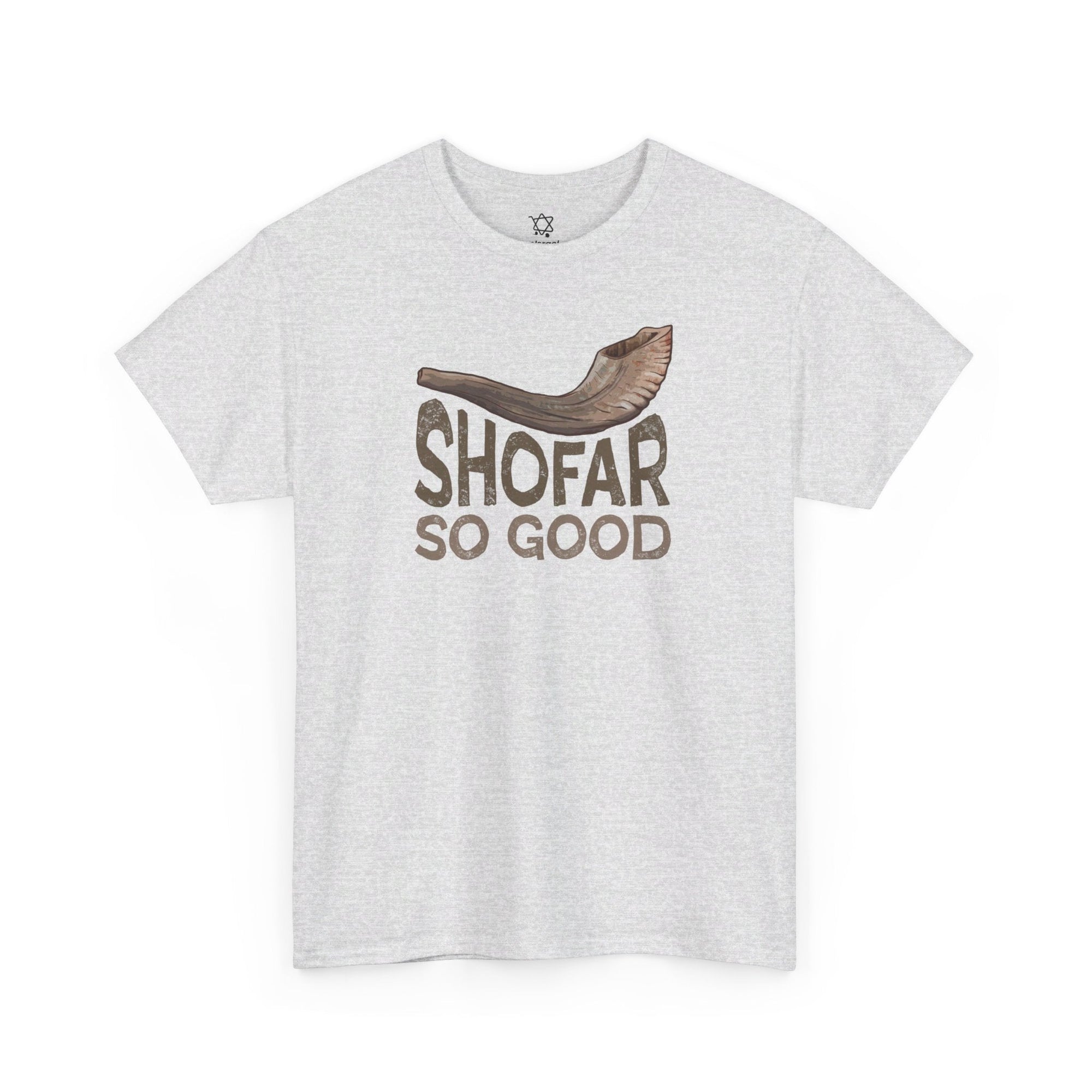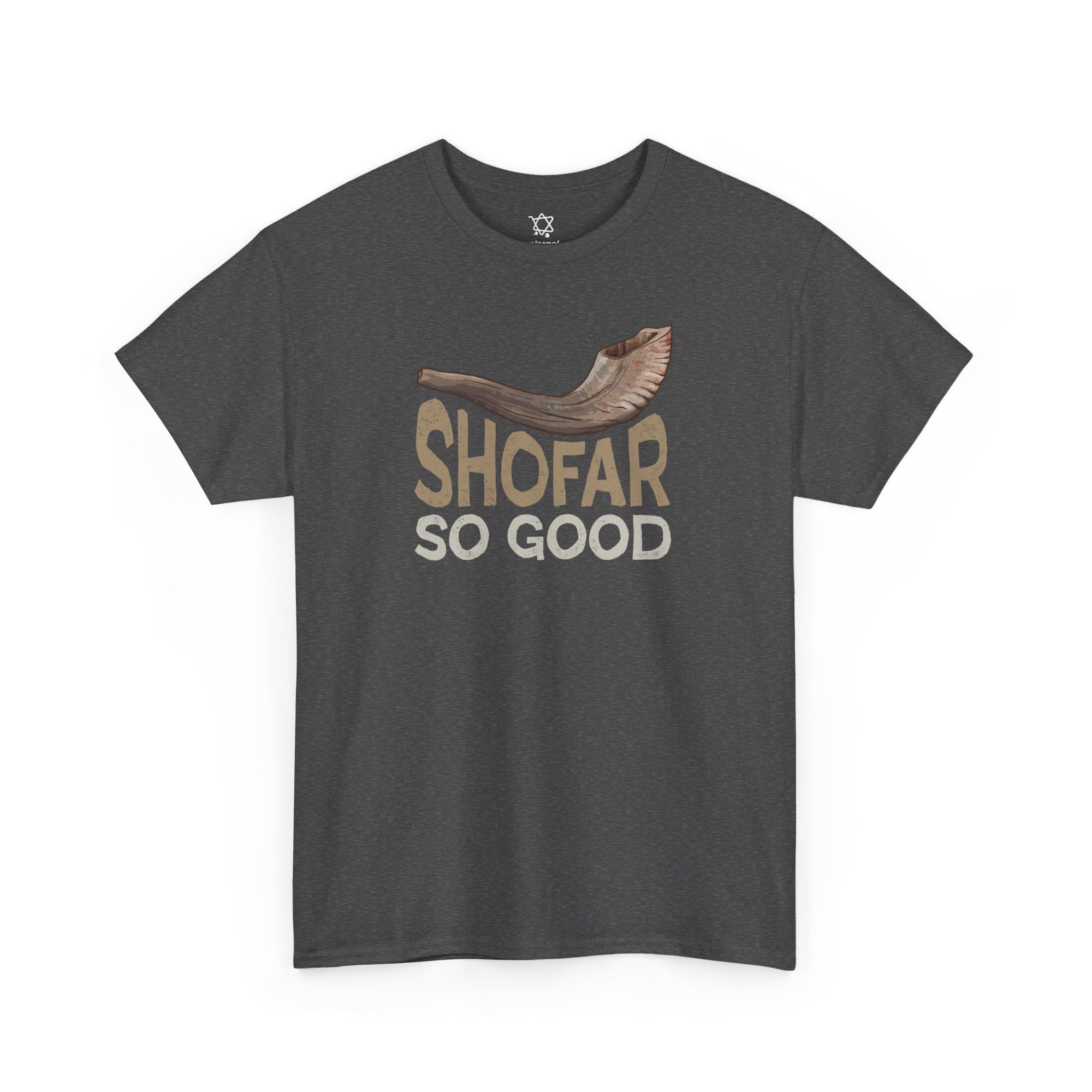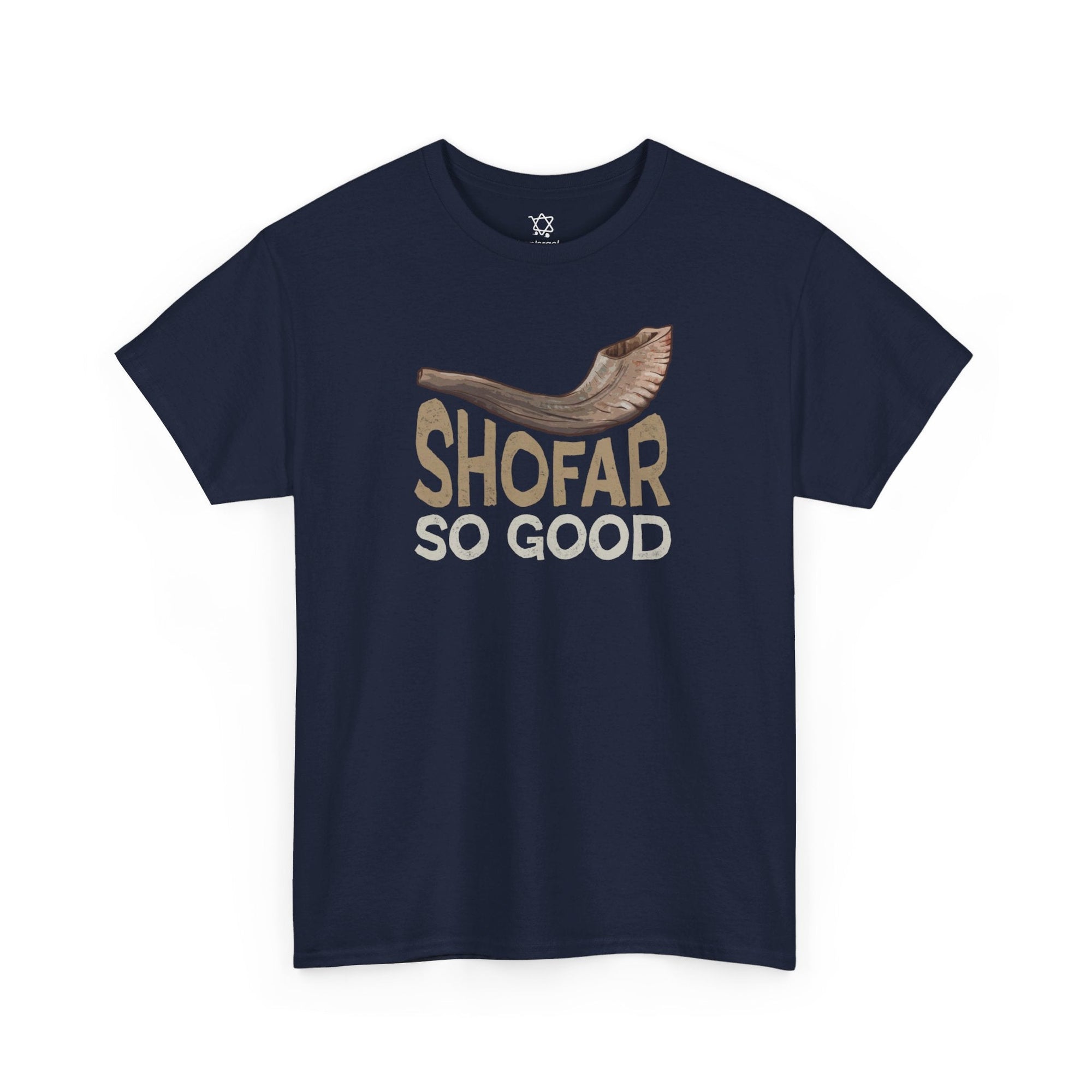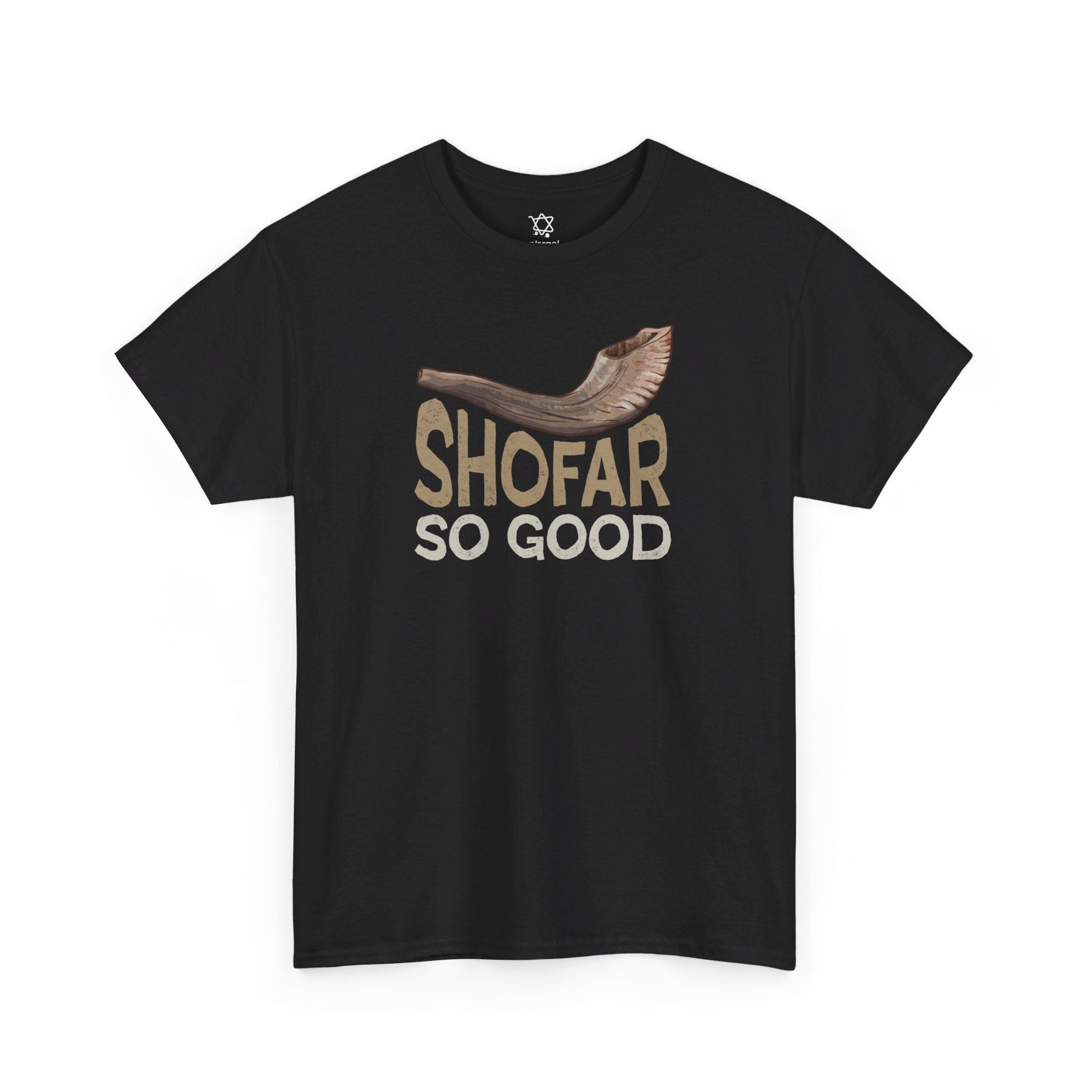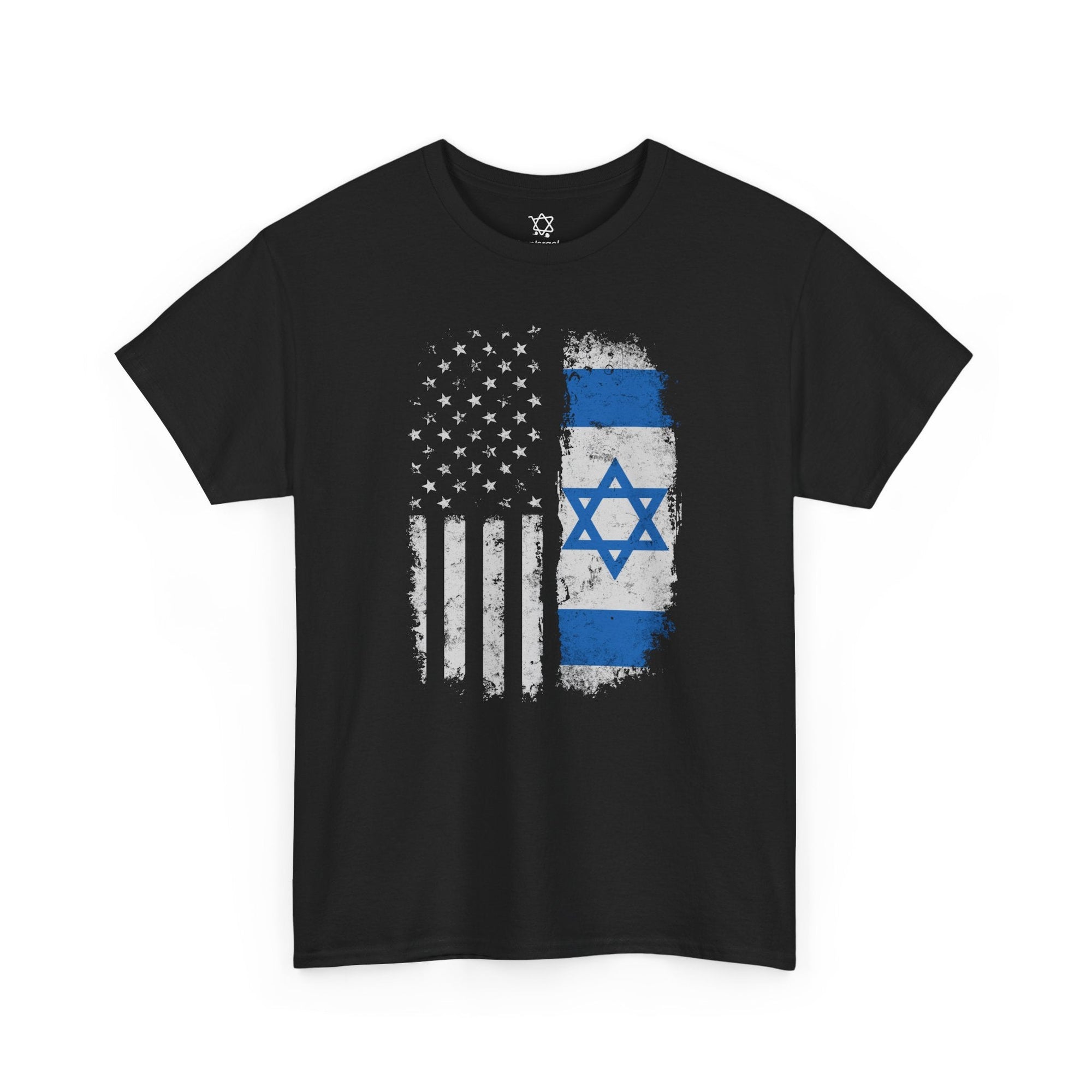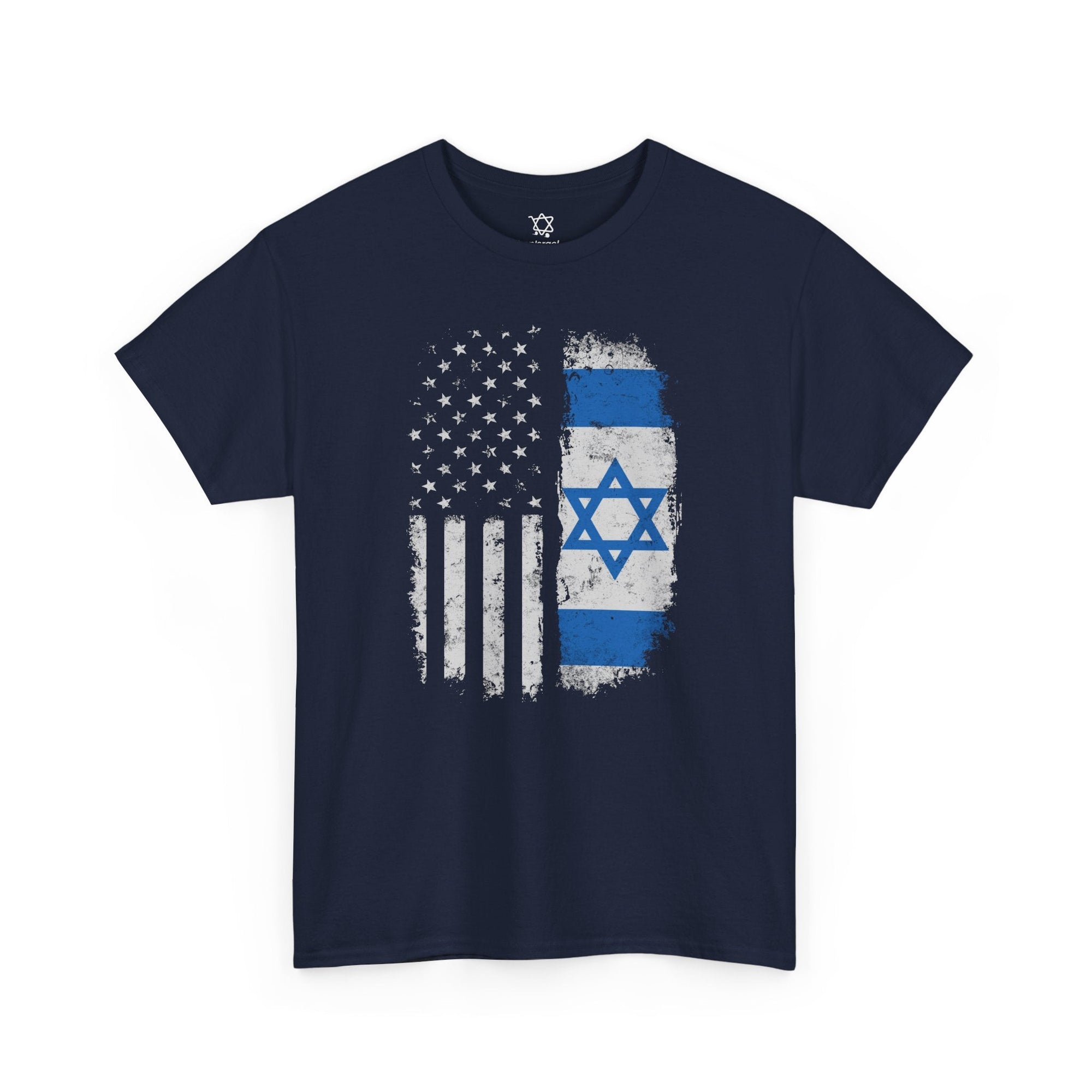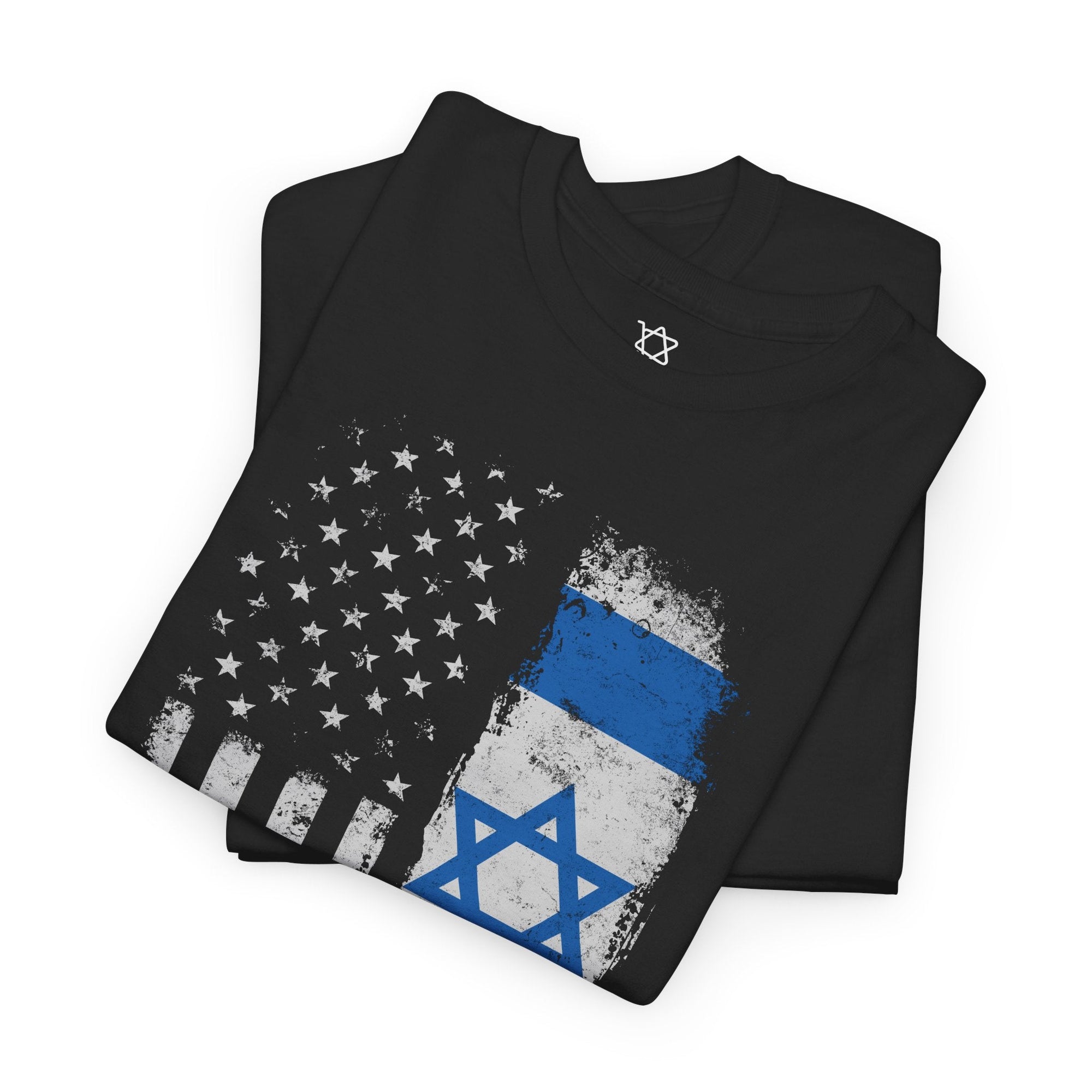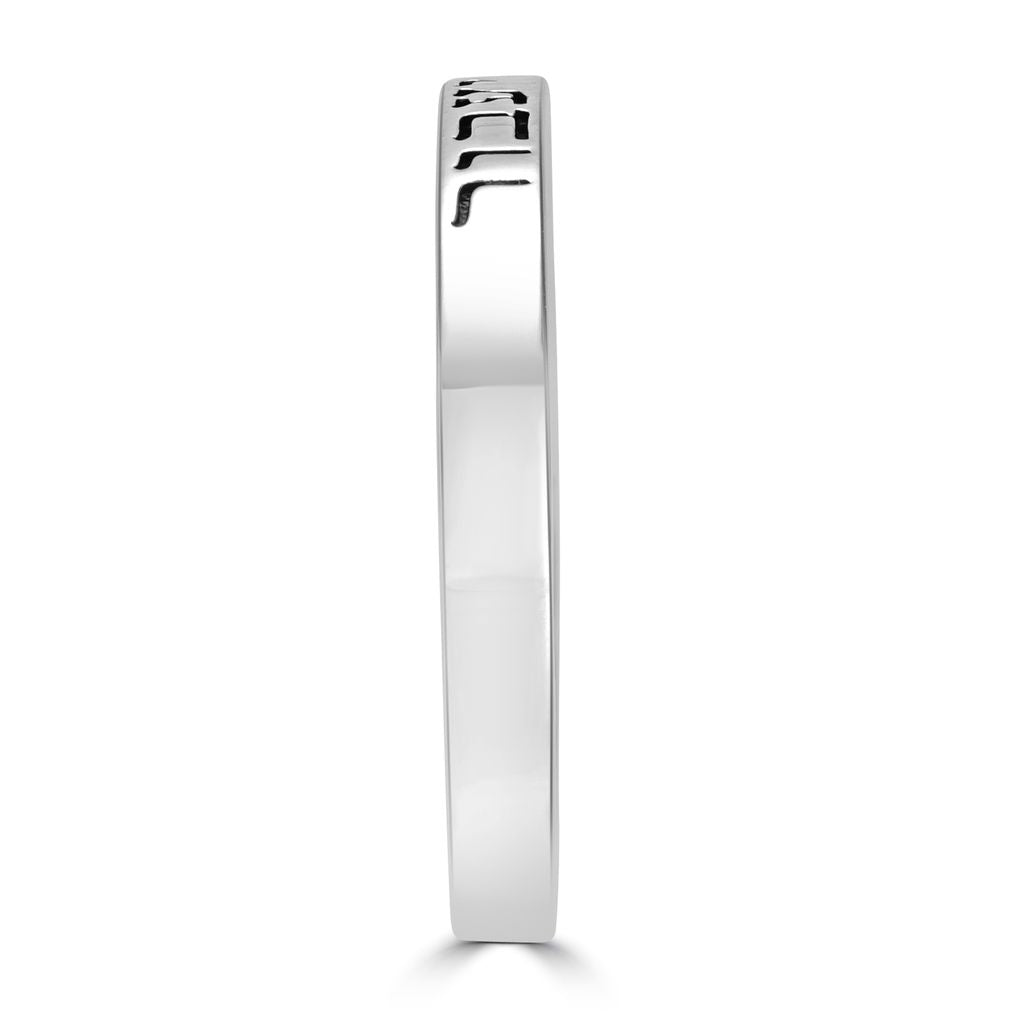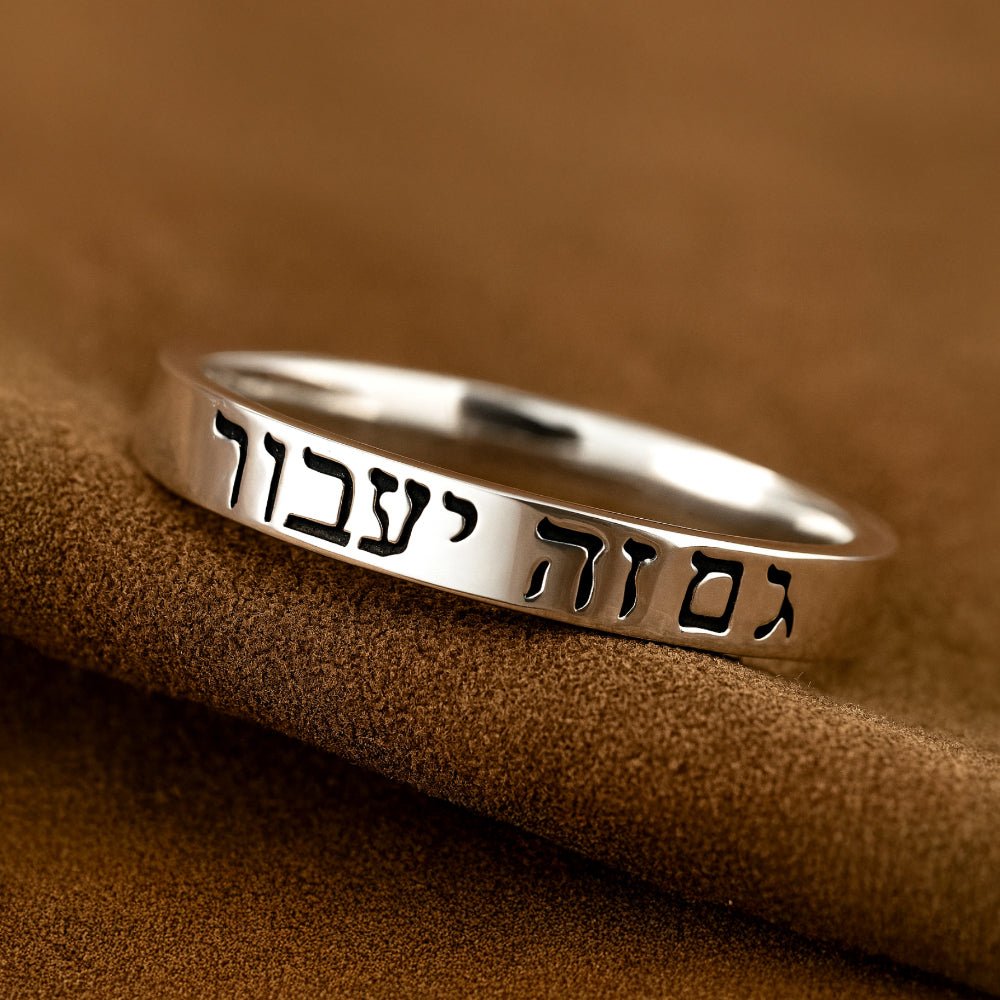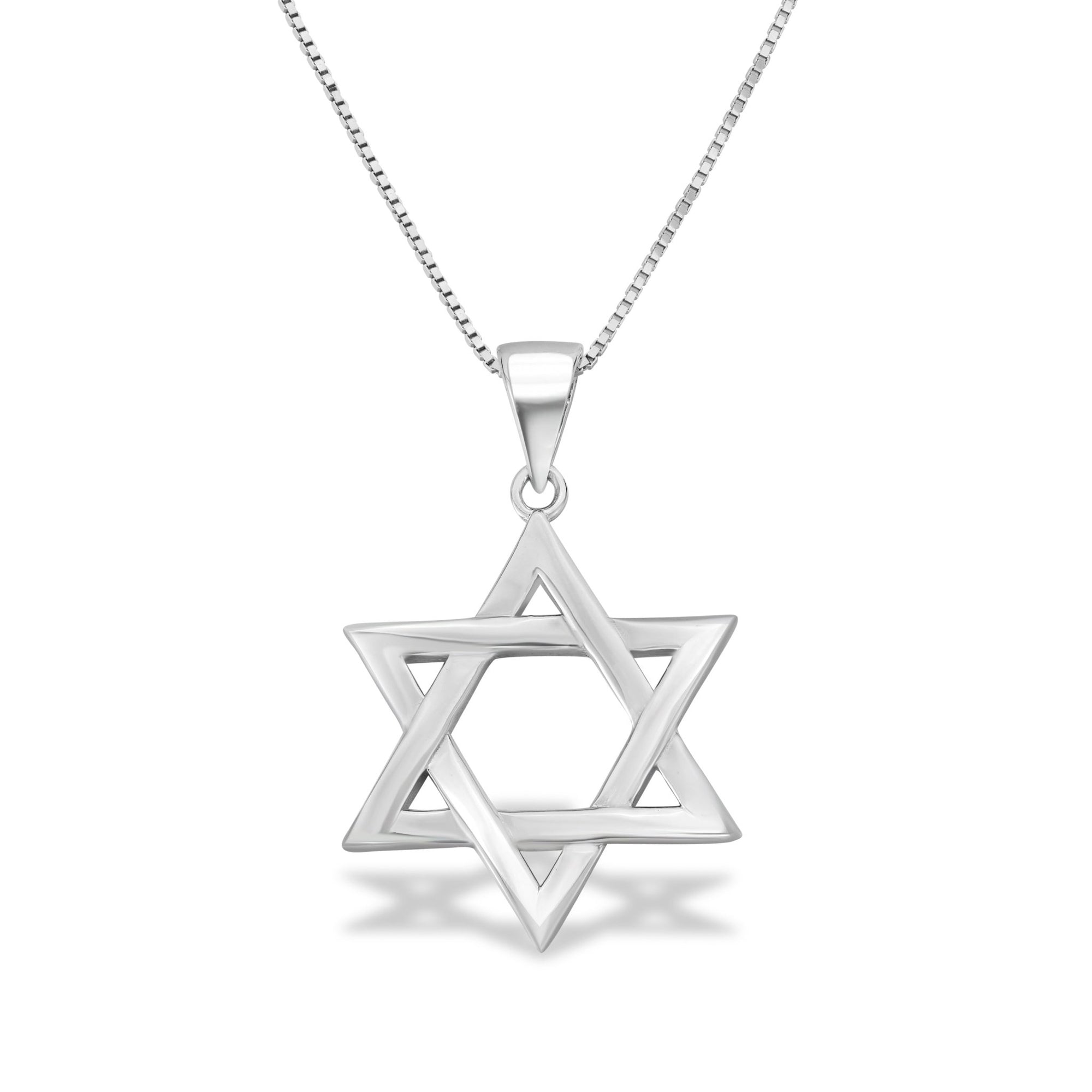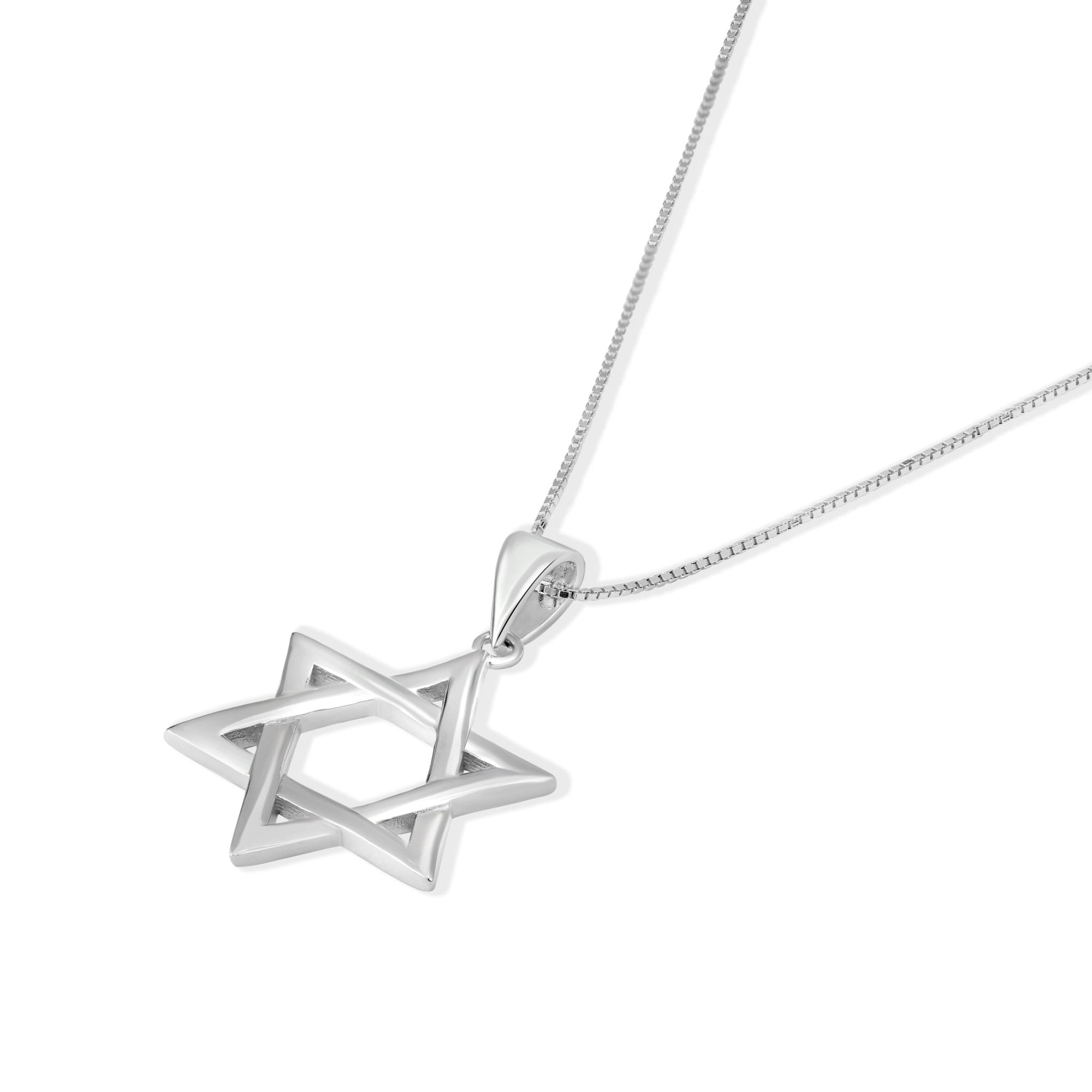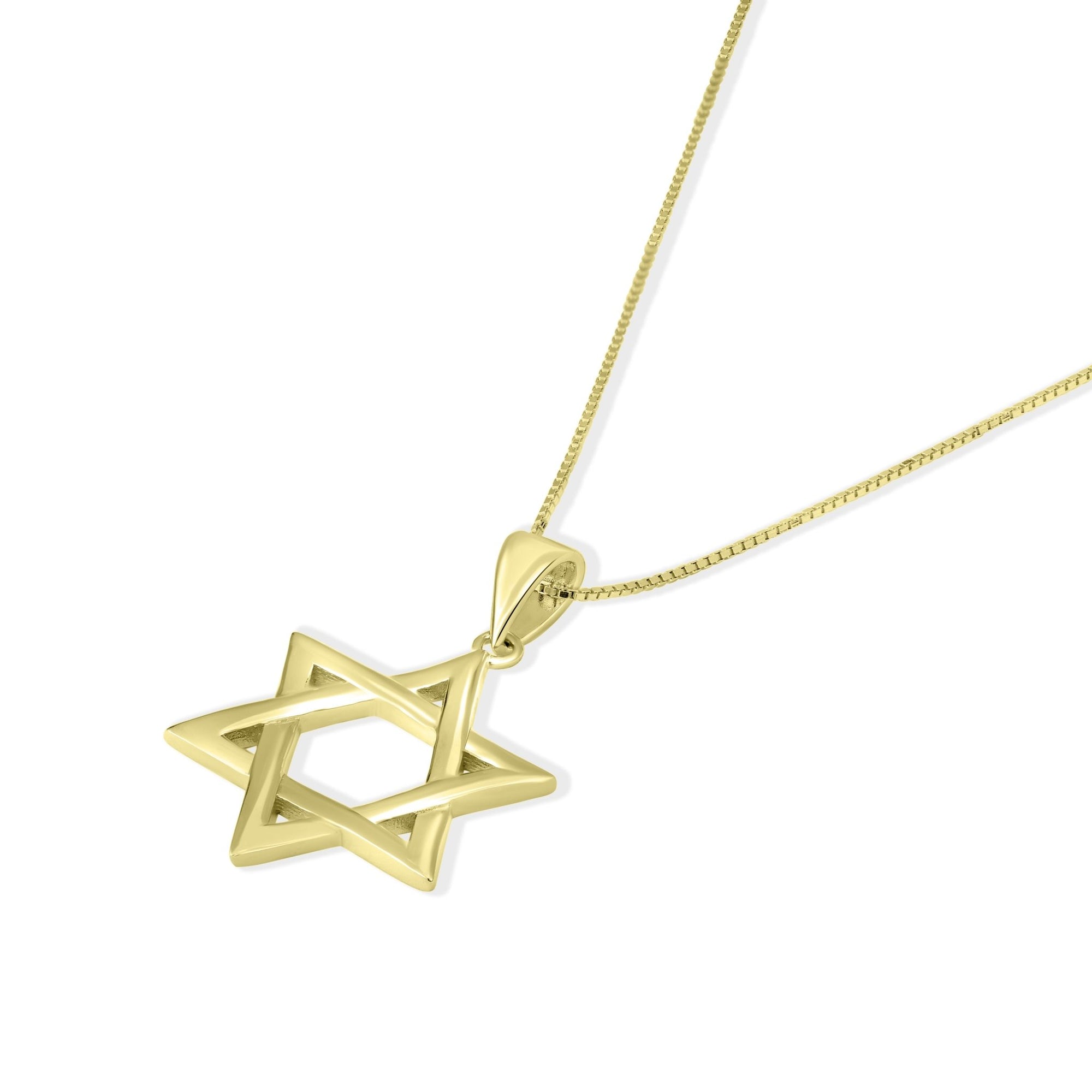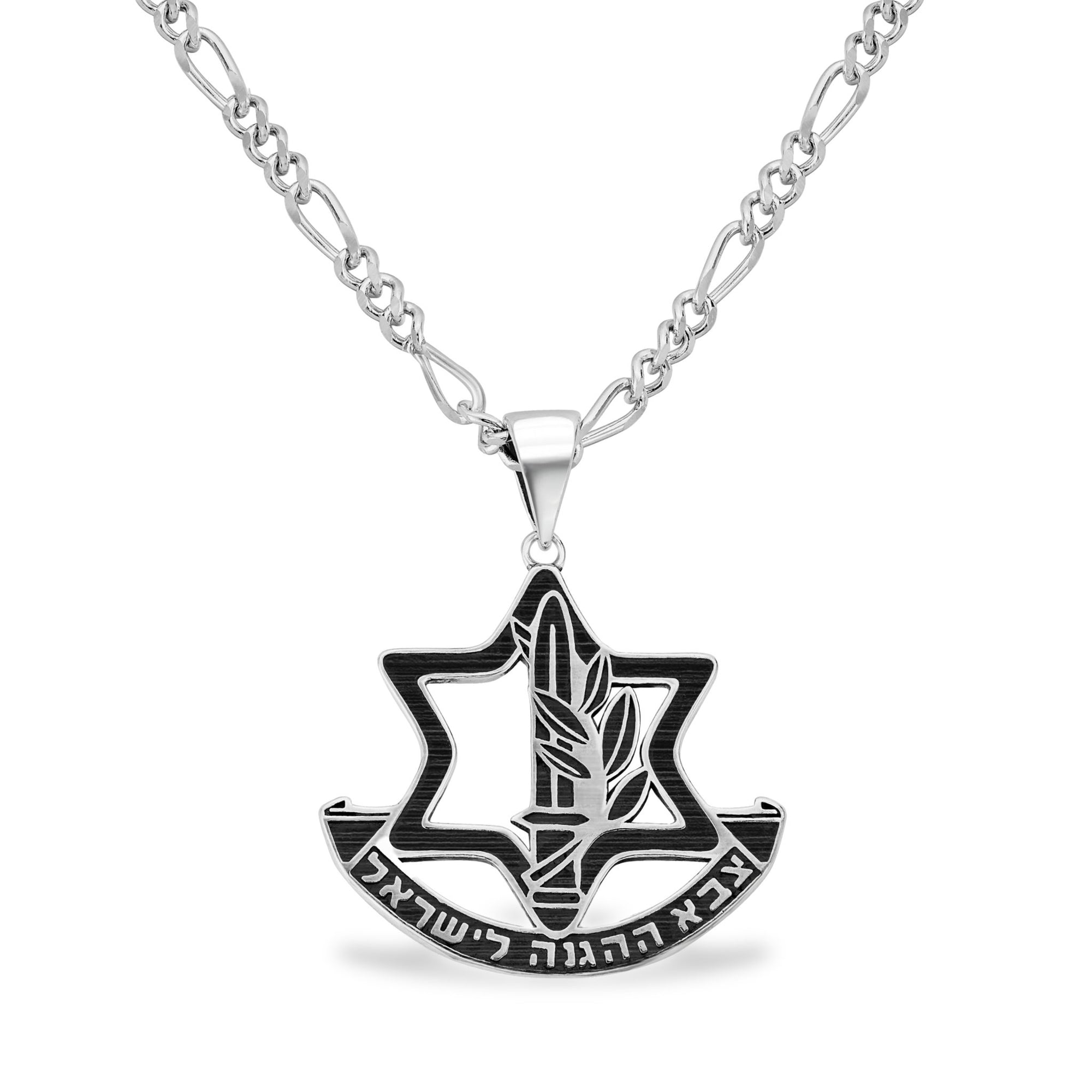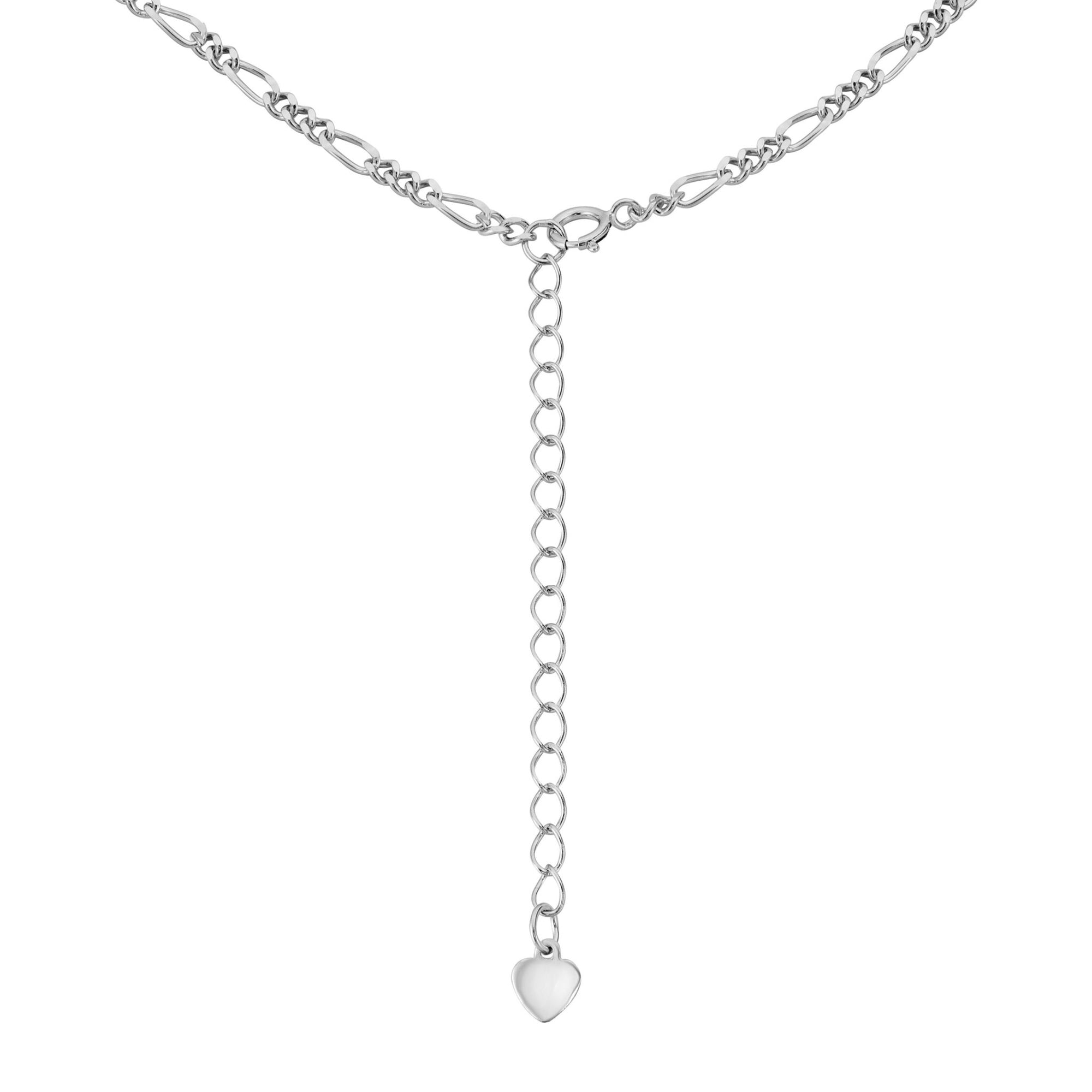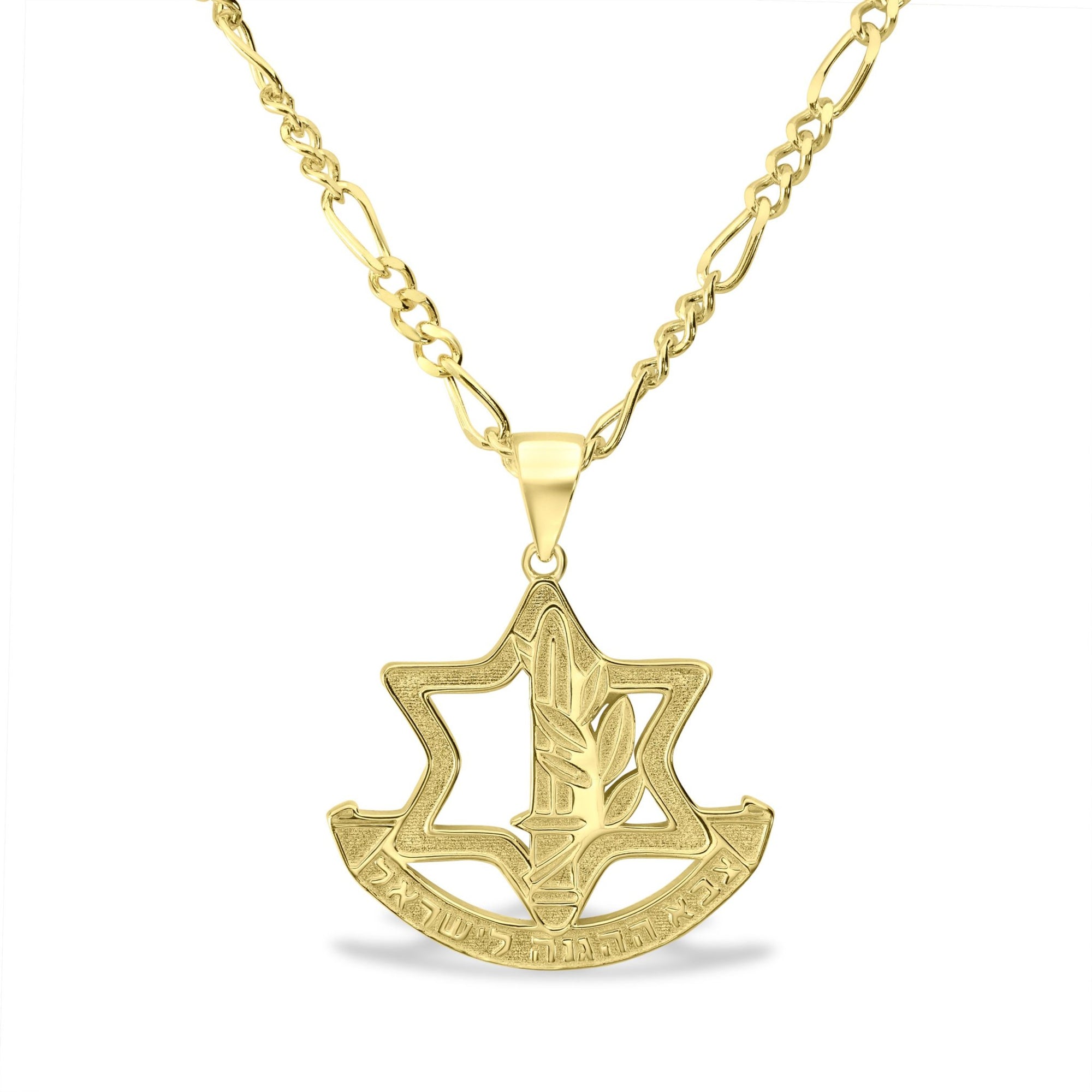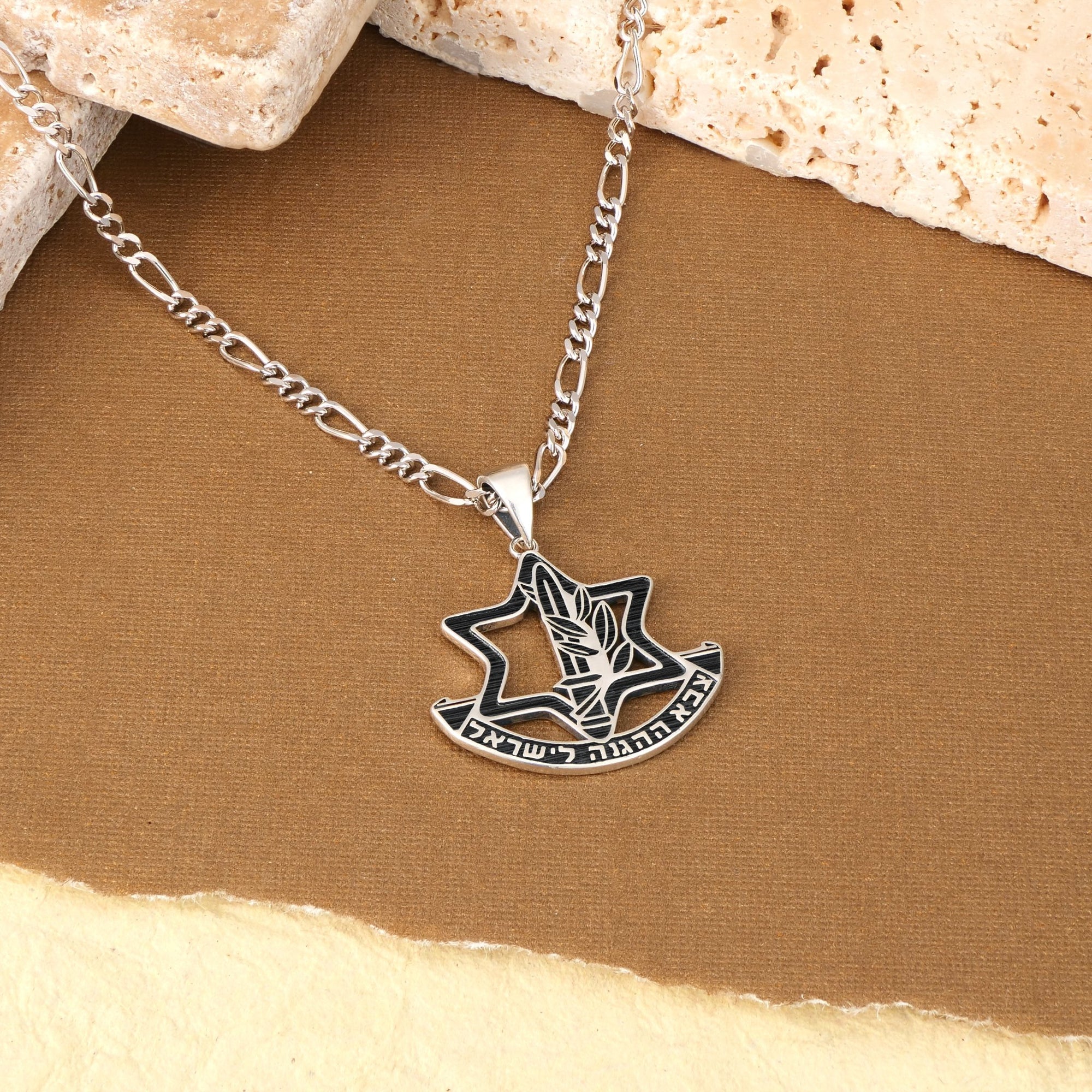Introduction to the Shofar's Spiritual and Cultural Significance
The Shofar's Biblical Origins
The shofar is an ancient Jewish ritual instrument made from a ram’s horn, with deep roots in biblical history. It is prominently mentioned in key scriptural events such as the revelation at Mount Sinai, where the sound announced God's presence, and in the fall of Jericho, marking divine intervention in battle. Its origin links closely to the story of the Binding of Isaac, symbolizing faith and God's provision.
Role in Jewish High Holidays and Spiritual Reflection
Central to the Jewish High Holidays of Rosh Hashanah and Yom Kippur, the shofar’s blasts call believers to reflection, repentance, and spiritual awakening. The various sounds—Tekiah, Shevarim, and Teruah—serve as a wake-up call for self-examination and renewal before God. The shofar also highlights themes of God’s sovereignty, judgment, and mercy.
Connection to Jewish Heritage and Israeli Identity
More than a ritual object, the shofar embodies Jewish national identity and heritage, linking generations of Jewish people to their faith and history. It is an emblem of spiritual continuity celebrated throughout Israel and the diaspora. The shofar’s sound evokes pride, cultural memory, and hope for redemption, making it an enduring symbol of Jewish unity and Israeli patriotism.
Historical and Biblical Importance of the Shofar
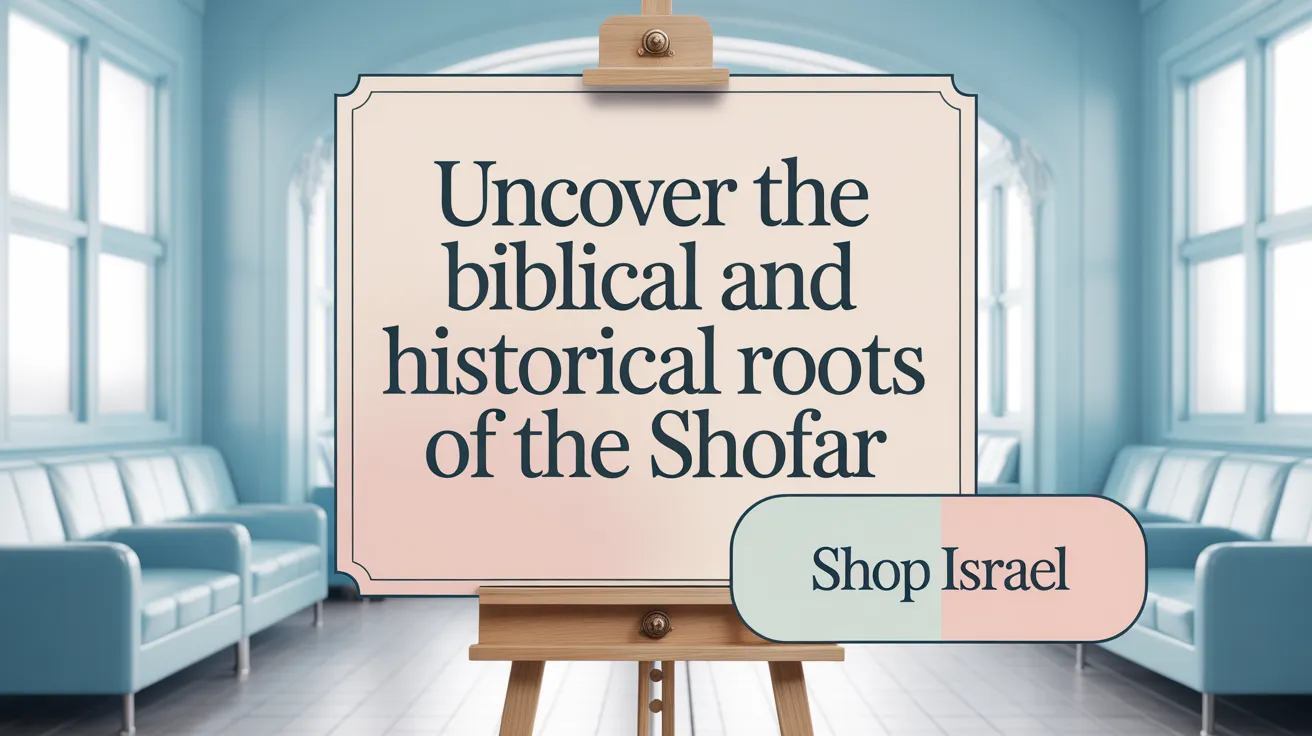
What are the biblical origins and historical uses of the shofar?
The shofar, a ram’s horn, holds a place of great significance in Jewish tradition, deeply rooted in biblical history. It was first famously sounded at Mount Sinai when the Torah was given to the Israelites, creating a powerful spiritual atmosphere as described in the book of Exodus. This event established the shofar as a divine instrument heralding God's presence and sovereignty (The Meaning of the Shofar, Origins of the Shofar, shofar in the Hebrew Bible).
Throughout ancient Israel, the shofar served multiple roles. It was a wartime signal horn used to rally troops and frighten enemies, most notably during the battle of Jericho where its blasts caused the city walls to collapse, symbolizing divine intervention and victory (Shofar and the Fall of Jericho, Shofar and Jericho Walls, Shofar in Biblical Battles). The shofar also played a ceremonial role in crowning kings like David and Solomon, affirming God's kingship over Israel (Shofar and the Anointing of Kings, King David and the Shofar).
Symbolically, the shofar calls for spiritual awakening and repentance. Its blasts remind the people of God's overarching sovereignty and the call to return to Him in humility. The annual sounding of the shofar during Rosh Hashanah echoes these themes, serving as a spiritual alarm to reflect on one’s deeds (Shofar use during Rosh Hashanah, Shofar on Rosh Hashanah and Yom Kippur, Shofar sounds: tekiah, shevarim, teruah.
In sum, the shofar's biblical and historical uses intertwine as a potent symbol of divine authority, victory, and the ongoing call for Jewish spiritual renewal and national identity (Spiritual Significance of the Shofar, shofar symbolism, Shofar and Israeli Pride.
The Spiritual and Symbolic Meanings of the Shofar

What spiritual themes does the shofar represent?
The shofar carries profound spiritual messages that resonate deeply during Jewish High Holidays, primarily Rosh Hashanah and Yom Kippur. It acts as a wake-up call to the soul, urging introspection, repentance, and a heartfelt return to God. Its blasts are not merely ceremonial sounds but carry the power to inspire mercy and spiritual renewal. For more on its spiritual significance and usage, see The Mystical Resonance of the Shofar and 11 Reasons Why We Blow the Shofar on Rosh Hashanah. Also, consider the Shofar sounds: tekiah, shevarim, teruah that convey these spiritual messages.
How does the shofar symbolize the Binding of Isaac and God's mercy?
One of the most enduring symbols linked to the shofar is its connection to the Binding of Isaac (Akedah). The ram’s horn is a reminder of God's compassionate provision of the ram as a substitute sacrifice, reflecting mercy, faith, and devotion. This symbolism anchors the shofar deeply in Jewish heritage, emphasizing the themes of sacrifice and divine grace. You can read further about this biblical and spiritual symbolism at The Origins of the Shofar, The Shofar in the Bible and Bindings of Isaac, and shofar symbolism and the ram’s horn in Jewish tradition.
What are the Messianic and prophetic associations of the shofar in Judaism and Christianity?
In both Jewish and Christian traditions, the shofar heralds prophetic and Messianic hopes. In Judaism, it signals the coming of the Messiah and the ultimate redemption. Likewise, in Christianity, the sound of the shofar or trumpet is tied to Yeshua's (Jesus) return, announcing the resurrection and final judgment. These layered meanings make the shofar a timeless bridge between faiths, symbolizing both hope and divine awakening. Sources discussing this include The Meaning of the Shofar and the Messianic symbolism of the shofar in Christianity.
The spiritual power of the shofar continues to inspire believers worldwide, serving as a call to humility, reflection, and unified hope for redemption. Its significance in Jewish culture and religious observance embodies a living link to history, faith, and identity, especially within Israel where its sound is also a national symbol of resilience and pride. For its role in Israeli culture and national pride, see Shofar in Israeli Tradition and Shofar and Israeli Pride.
Craftsmanship and Kosher Standards of Shofars
Materials Used for Shofar Making, Primarily Ram's Horn
The traditional shofar is primarily crafted from the horn of a ram, a choice deeply rooted in biblical symbolism, especially relating to the story of the Binding of Isaac. Other kosher animal horns, such as from the kudu and certain antelopes, are also used. The horn must come from a kosher animal that chews its cud and has split hooves, with the ram's horn most favored for its spiritual significance (shofar symbolism).
Kosher Requirements and the Certification Process
To be kosher, a shofar must meet strict halachic criteria: the horn should be at least 10 cm in length, free of any breaks, cracks, or artificial coatings that might compromise ritual purity (Kosher shofar requirements). The horn must be hollowed out and shaped without damaging its natural state. Expert craftsmen undertake a detailed process including boiling, sterilization, shaping, drilling and polishing to prepare the shofar for use (Shofar Production in Israel). Rabbinical authorities in Israel inspect and certify each shofar, ensuring it aligns with religious laws and traditions. This kosher certification guarantees that the shofar can be used in sacred ceremonies on Rosh Hashanah and Yom Kippur (Shofar Certification Process.
The Artisanal Tradition and Modern Production in Israel
Israel remains the center for shofar production, blending ancient artisanal skills with contemporary standards. Craftsmen meticulously honor the traditional methods, respecting the instrument’s spiritual importance, while applying modern techniques for durability and aesthetic refinement. Israeli-made shofars are renowned worldwide for their authenticity and quality, often adorned with Jewish symbols like the Star of David or Menorah (Handcrafted and Kosher Certified Shofars. The thorough kosher certification process for these shofars reflects a dedication to preserving Jewish heritage and ensuring ritual observance among Jewish communities globally (Kosher Certified Shofars.
How are shofars made and certified kosher?
Shofars are handcrafted from kosher animal horns—primarily rams or kudus—meeting strict physical and ritual standards including minimum length and purity (Kosher animal horns for shofar). The production involves hollowing, sterilizing, shaping and polishing by skilled artisans (Shofar Production in Israel. Each shofar produced in Israel undergoes rabbinical and government certification, attesting to its kosher status for religious use (Rabbinical Certification for Shofars. This rigorous process ensures that the shofar honors both spiritual symbolism and halachic law (Kosher Shofar Production.
The Shofar's Role in Jewish Cultural Heritage and National Identity

How does the shofar serve as a symbol of Jewish identity and Israeli pride?
The shofar holds a profound place in Jewish identity and Israeli national pride. Rooted in biblical history and spiritual traditions, it serves as a powerful emblem of historical continuity and cultural resilience for the Jewish people. Its piercing blasts resonate beyond ritual, symbolizing the covenant between God and Israel, the call to national unity, and the enduring spirit of the Jewish people.
Its use in Israeli national ceremonies and pro-Israel demonstrations
In Israel, the shofar is more than a religious artifact; it is a symbol of national pride and collective memory. It has been used in landmark moments such as the swearing-in ceremonies of Israeli presidents and military celebrations. For instance, after the Six-Day War in 1967, Rabbi Shlomo Goren famously blew the shofar at the Western Wall, underscoring Israel’s historic victory and reunification of Jerusalem, as detailed in the historical role of the shofar.
The shofar is also prominent at pro-Israel rallies and public events, echoing the Jewish people's resilient spirit and their connection to the land. It invokes shared heritage and collective hope, reinforcing Jewish solidarity worldwide.
The shofar as a symbol of Jewish historical continuity and pride
Historically, the shofar announces pivotal biblical events—like the revelation at Mount Sinai and the fall of Jericho—connecting modern Jewish life to an ancient past. This link fosters a powerful sense of pride among Jews locally and in the diaspora, who view the shofar as a living reminder of their ancestors’ faith, sacrifices, and victories, as discussed in 12 Instances of Shofar Blowing in Jewish History.
The shofar also symbolizes spiritual awakening and renewal during High Holidays, embedding itself deeply in Jewish national and religious identity (shofar symbolism.
Inclusion in Jewish ceremonial art and cultural merchandise
The shofar is celebrated through Judaica artistry and cultural products from Israel. Handcrafted shofars bearing rabbinic certification are sought after as meaningful gifts and symbols of Jewish heritage (Kosher Certified Shofars. Decorative shofar bags often feature embroidered motifs like the Star of David or views of Jerusalem, expressing pride in Israel and Jewish tradition (Shofar Bags and Accessories).
These artistic expressions extend the shofar’s cultural significance beyond ritual use, making it accessible as a symbol of identity, faith, and patriotism.
Together, these dimensions make the shofar a cherished emblem of Jewish cultural heritage and Israeli national pride, inspiring connection, reflection, and unity across generations and geographies.
Merchandise and Accessories: Bringing the Shofar Tradition into Modern Life

What types of shofar-related merchandise are available and their cultural significance?
A rich variety of shofar-related products are designed to connect modern users with this ancient Jewish tradition. Kosher-certified shofars, meticulously handcrafted in Israel, are the centerpiece of such merchandise. These shofars fulfill religious requirements and embody the spiritual and historical importance rooted in biblical events, serving as authentic ritual instruments used during Rosh Hashanah and Yom Kippur.
Complementing the shofars are decorative pouches and bags, often crafted from velvet and embroidered with Jewish symbols such as the Star of David or iconic Jerusalem scenes. These shofar bags and accessories not only protect the shofar but also celebrate Jewish identity and Israeli culture, enhancing the spiritual experience through artistry and symbolism.
Jewelry pieces featuring shofar motifs, including necklaces, offer another tangible way for supporters and the diaspora community to express pride in Jewish heritage. These items provide wearable connections to faith and tradition, allowing individuals to carry reminders of spiritual renewal and the hope embodied in the shofar's sound.
Together, these accessories serve both practical and symbolic roles. They preserve belief and tradition by beautifying the use of the shofar, aligning with the Jewish mitzvah of hiddur mitzvah — the obligation to enhance the beauty of religious objects. Moreover, they proudly promote Israeli and Jewish heritage, making the rich history and spiritual messages of the shofar accessible and meaningful in contemporary daily life and cultural expression.
The Shofar: A Timeless Symbol Bridging Past, Present, and Future
The Shofar’s Historical and Spiritual Significance
The shofar, a ram's horn, carries profound meaning deeply rooted in Jewish tradition and biblical history. Its sound marks pivotal moments such as the giving of the Torah at Mount Sinai, the fall of Jericho, and the anointing of kings. Most notably, it is central to the High Holidays of Rosh Hashanah and Yom Kippur, calling for reflection, repentance, and spiritual renewal. Through its blasts — Tekiah, Shevarim, Teruah — the shofar awakens souls, symbolizing God’s sovereignty, divine mercy, and the hope for Messiah’s eventual return.
Enduring Influence in Jewish and Israeli Culture
Beyond religious ceremonies, the shofar remains a powerful symbol of Jewish identity and Israeli pride. Historically, it served as a signal horn in battles and was even blown during Israel’s modern milestones, such as the liberation of Jerusalem at the Western Wall in 1967. Today, its resonance connects diasporic communities with their heritage, inspiring national unity and spiritual continuity.
The Role of Shofar Merchandise in Heritage and Identity
Owning ritual shofars and related merchandise from Israel strengthens connection to Jewish history and faith. Kosher certified shofars and beautifully crafted accessories, such as embroidered shofar bags featuring Jerusalem motifs, help safeguard tradition and promote Israeli cultural pride. These items are not only ceremonial tools but also expressions of devotion and solidarity with Jewish heritage worldwide, making them meaningful gifts and symbols for the global community.



